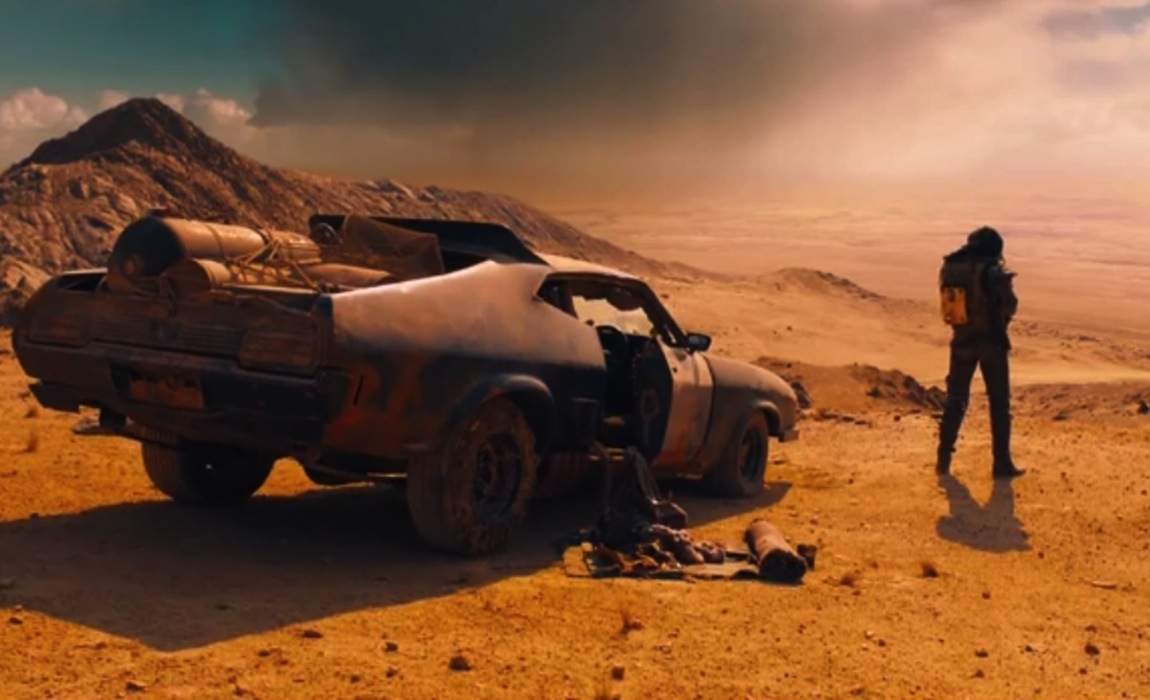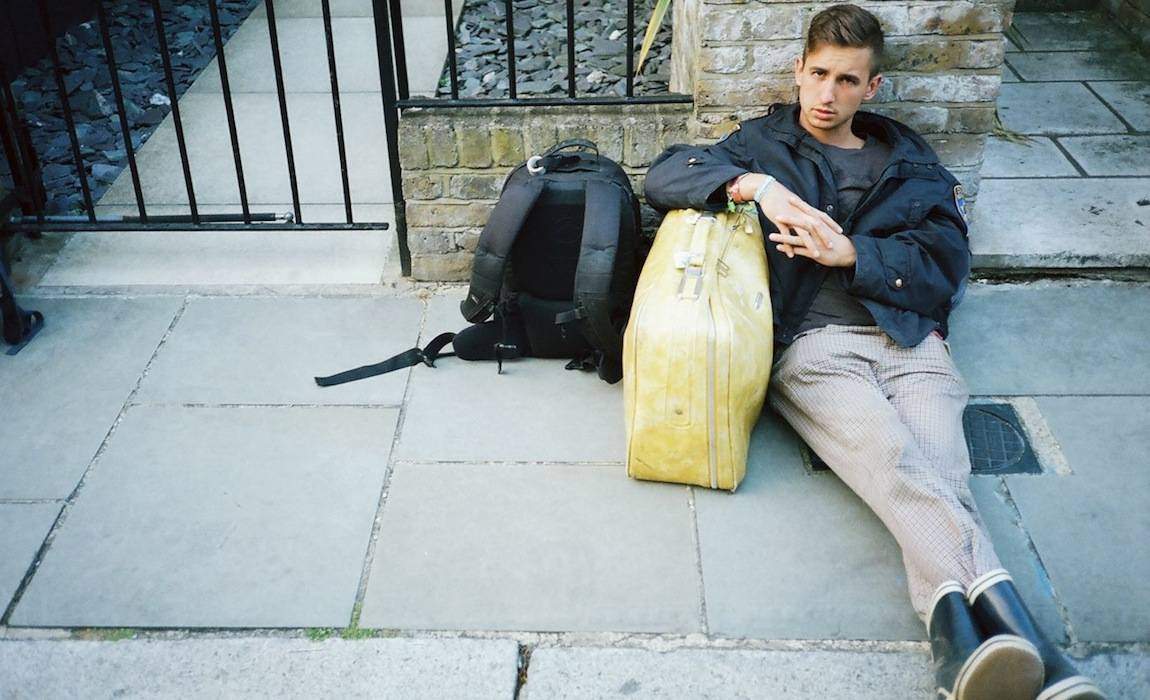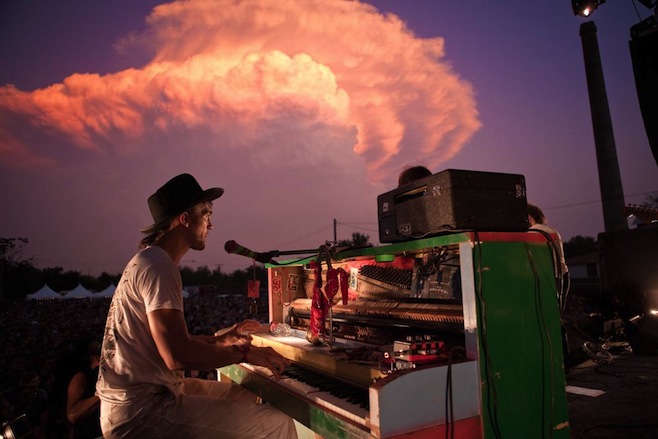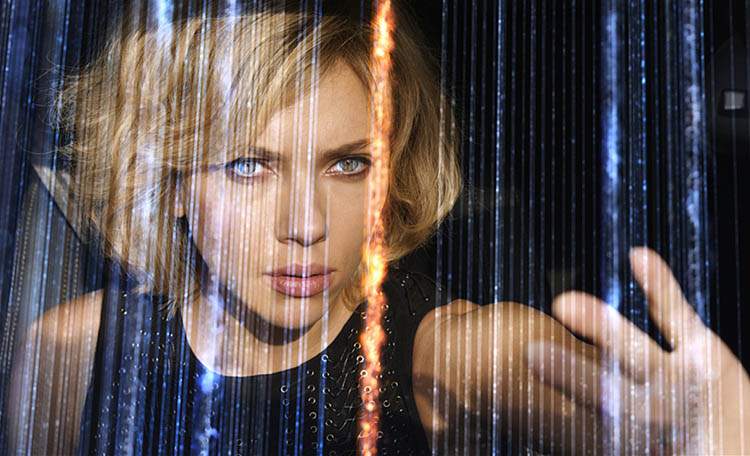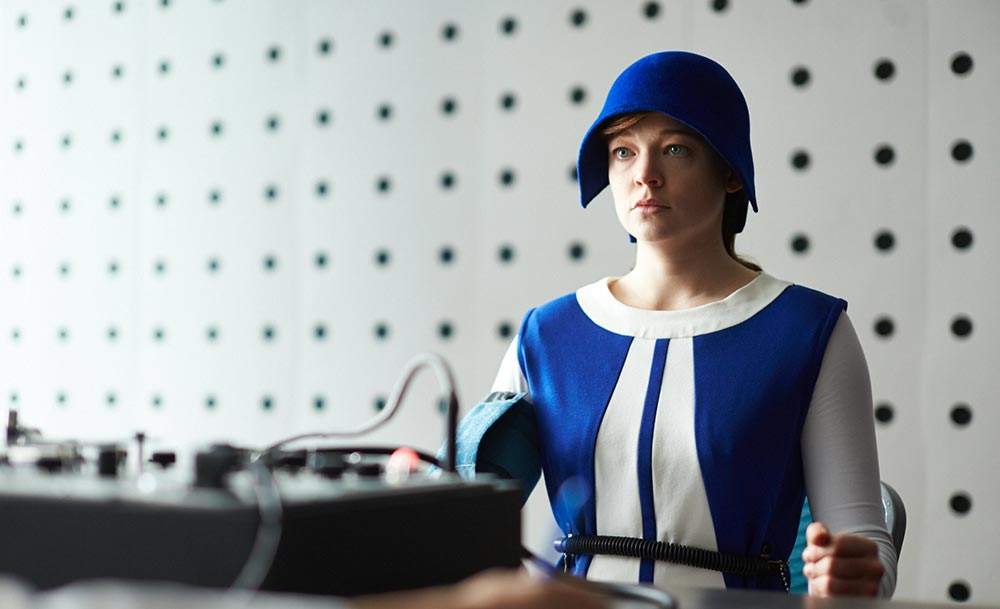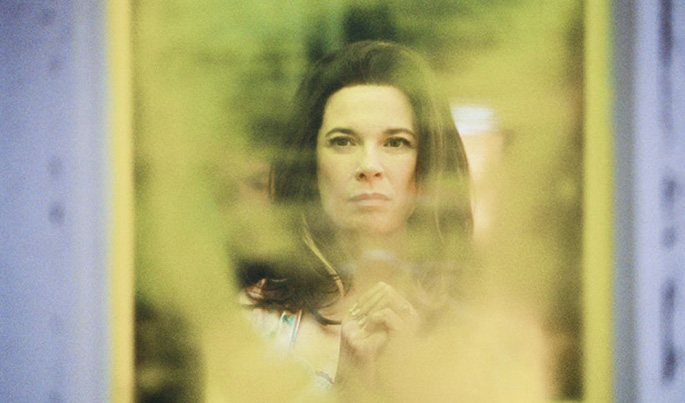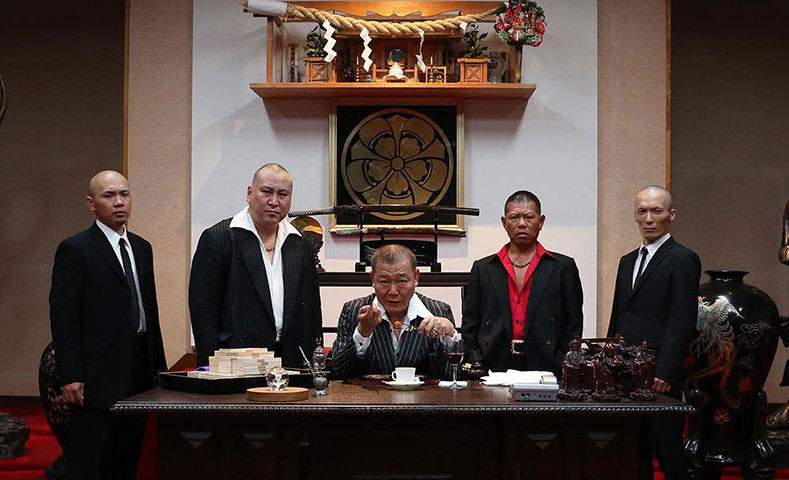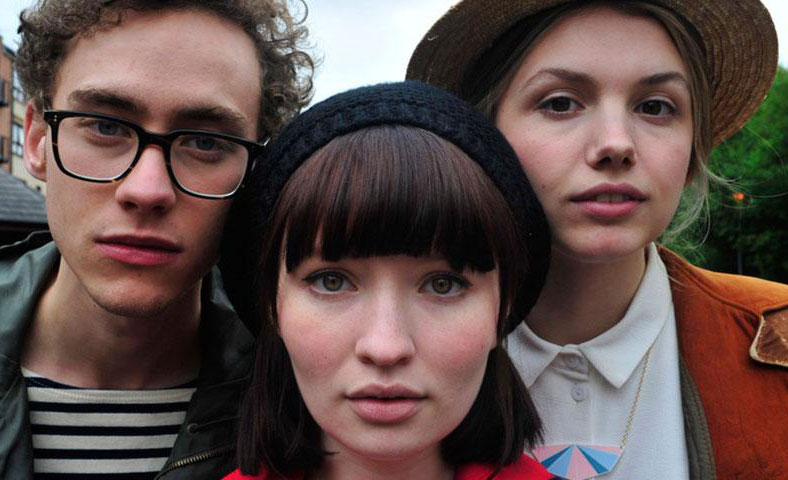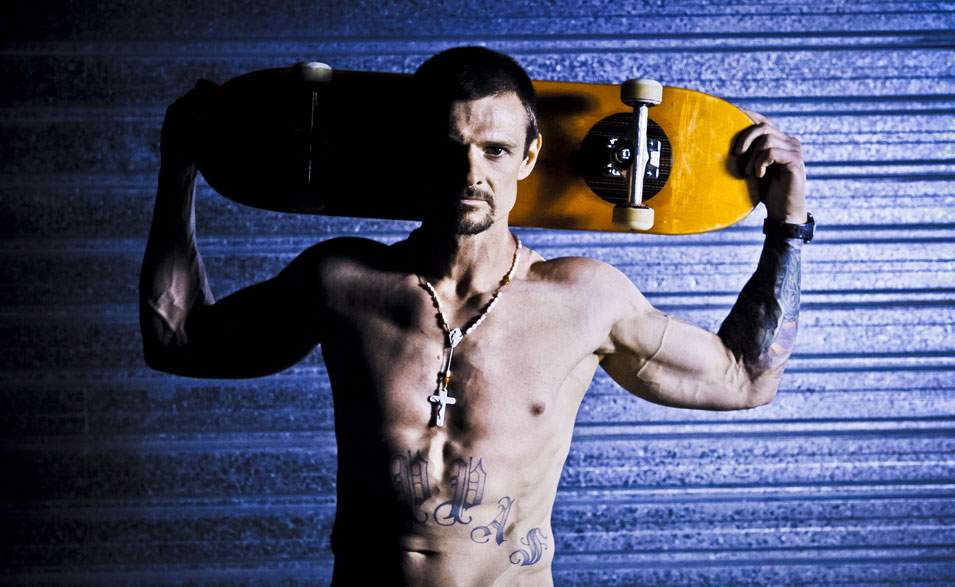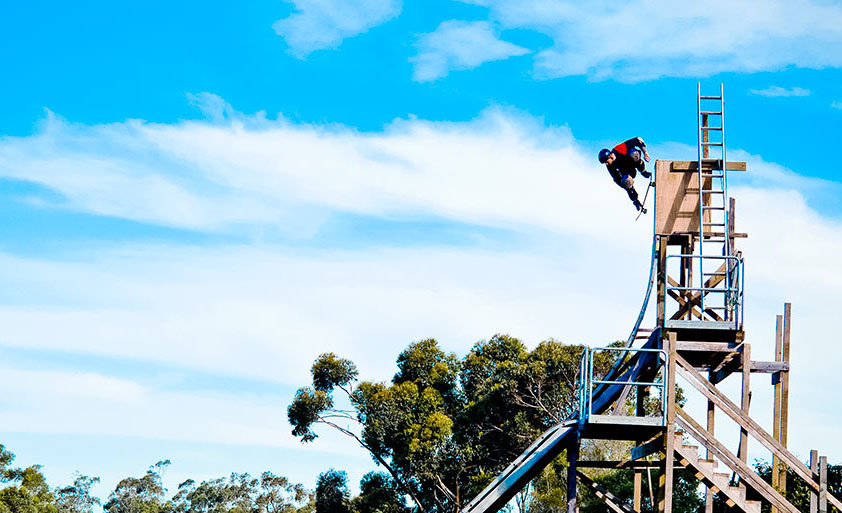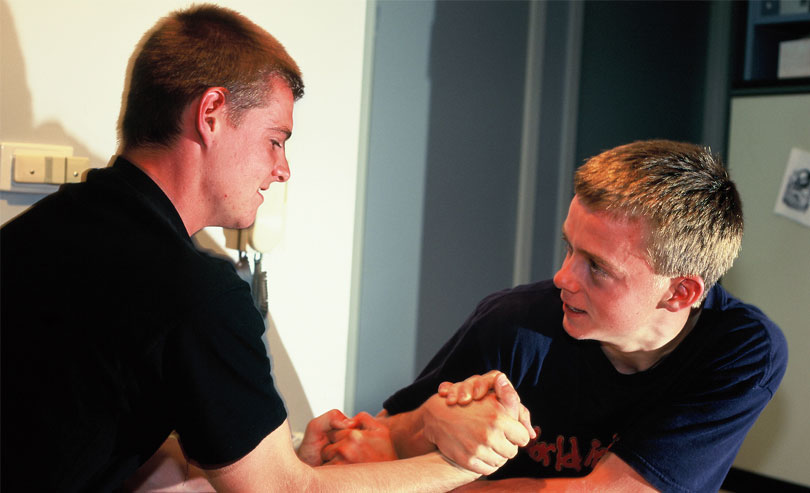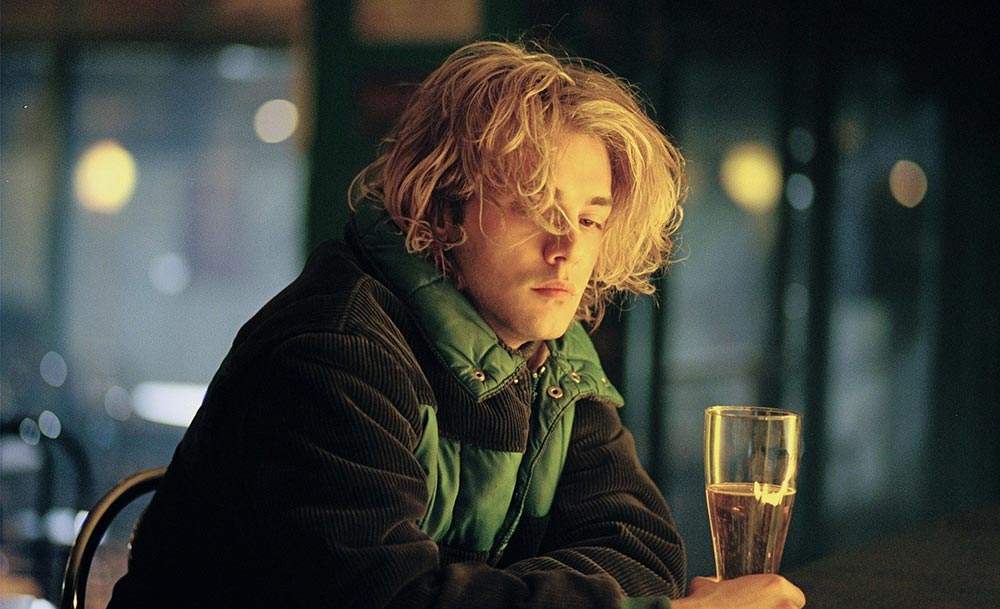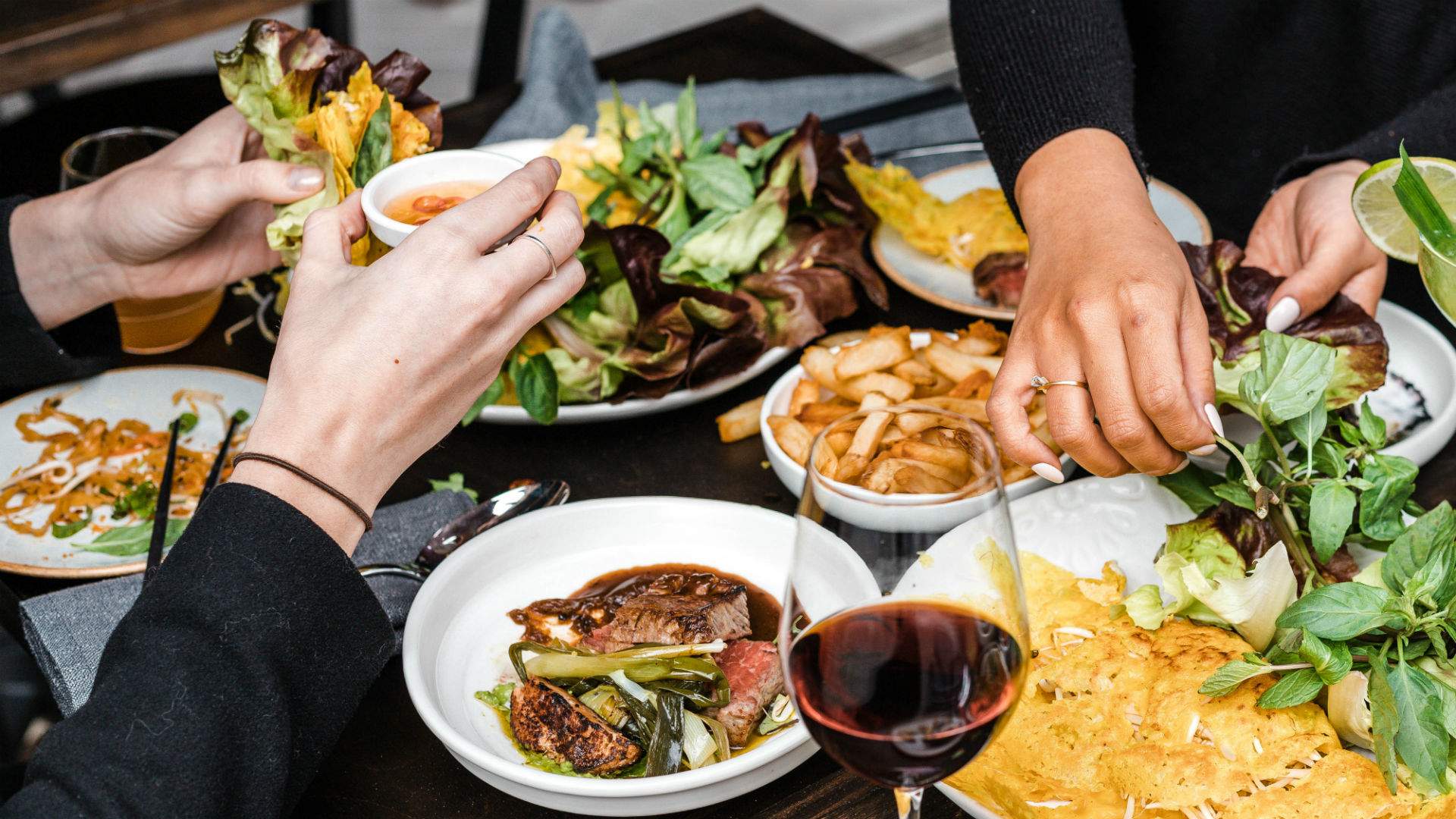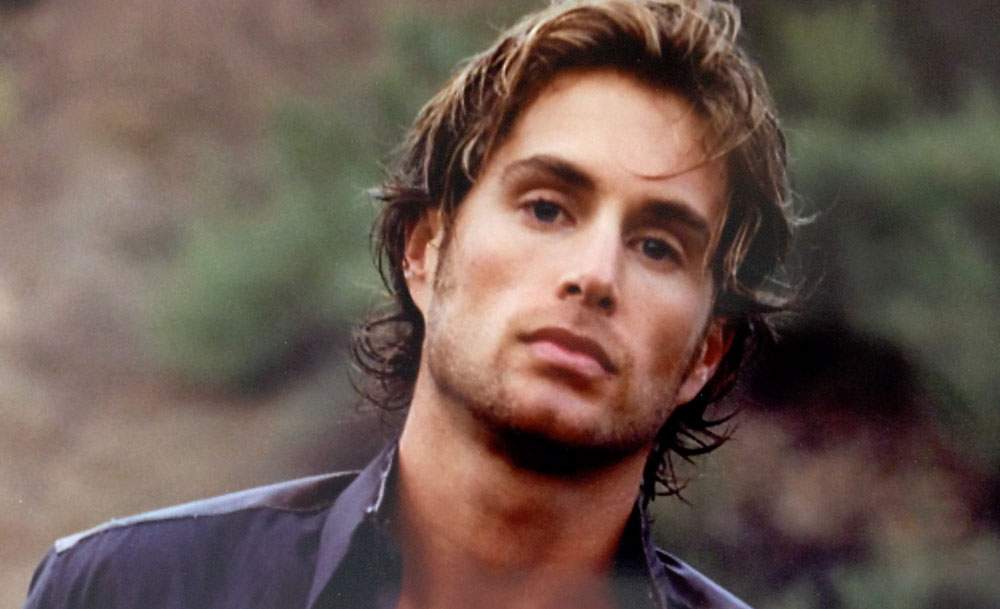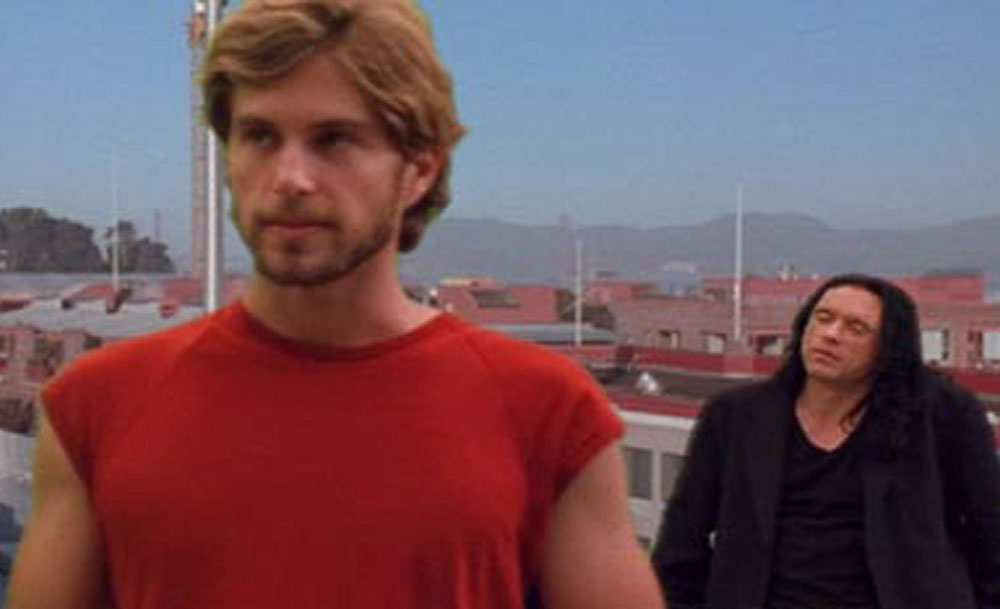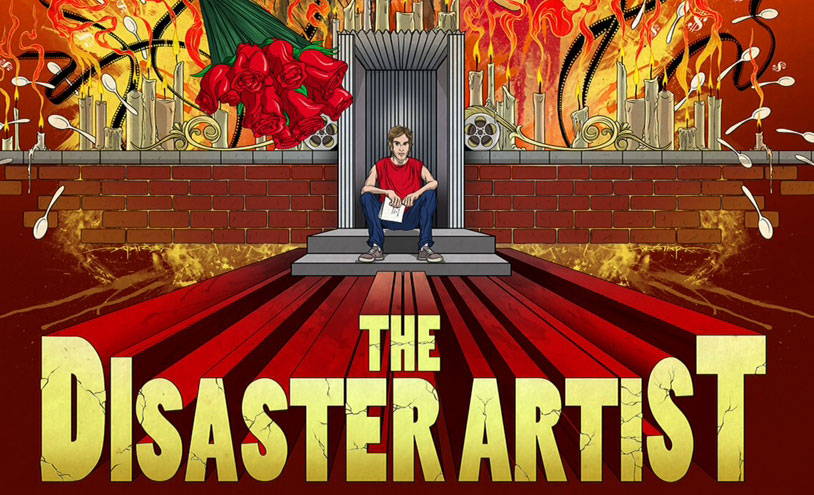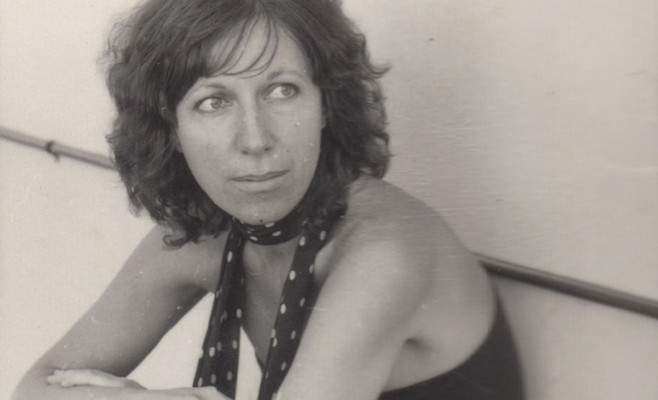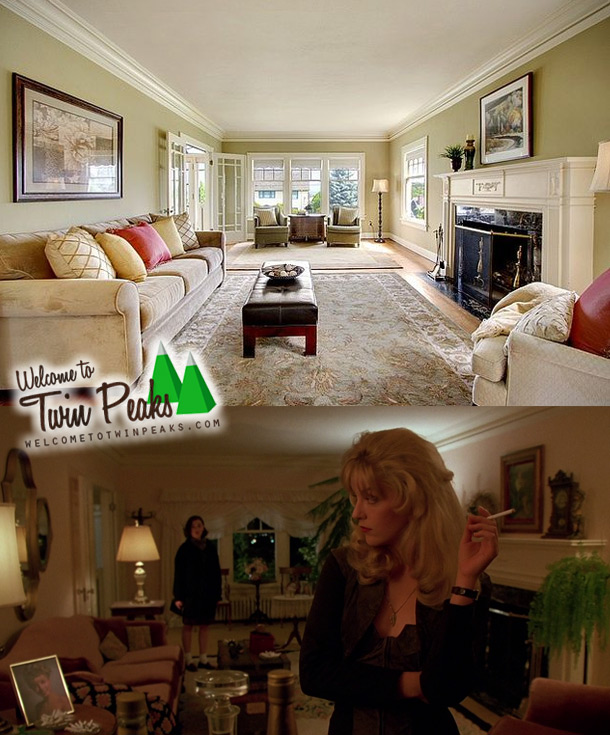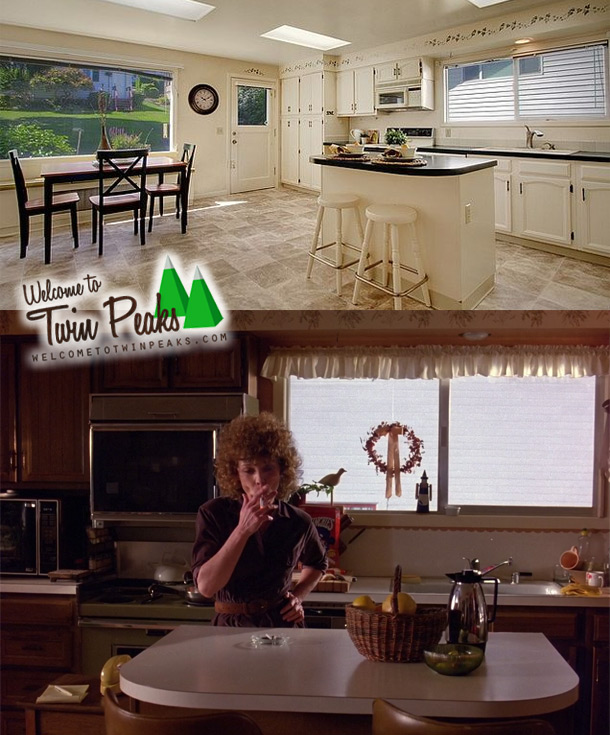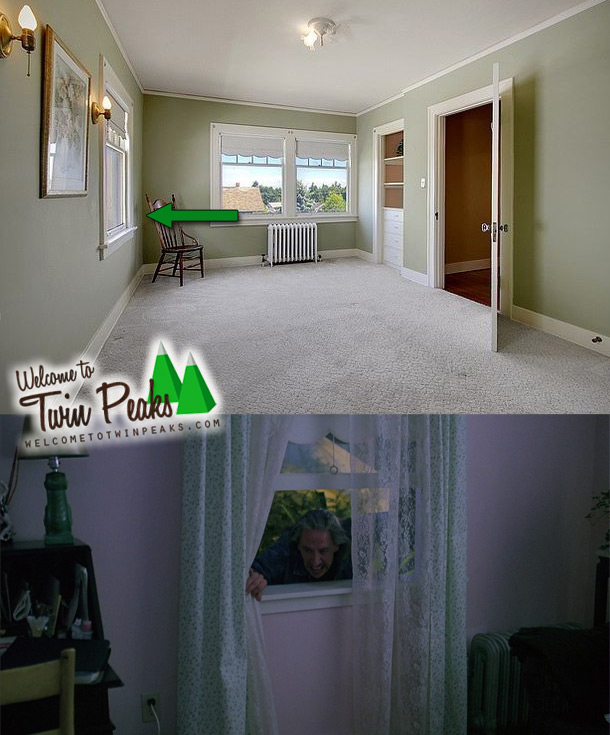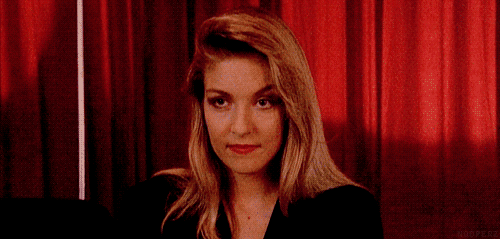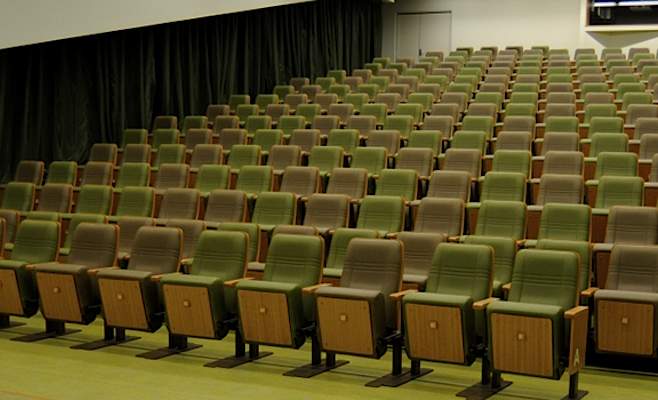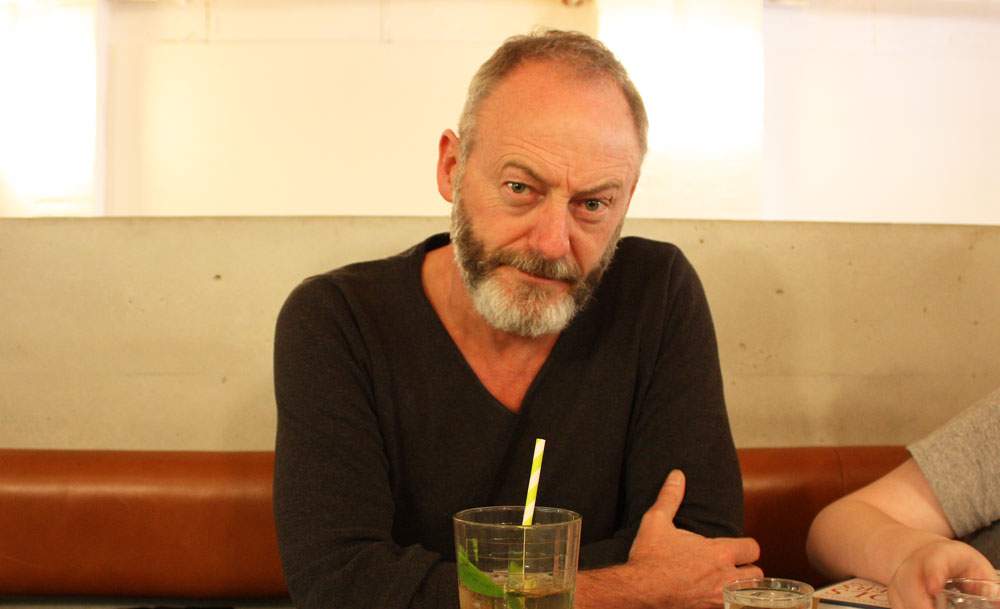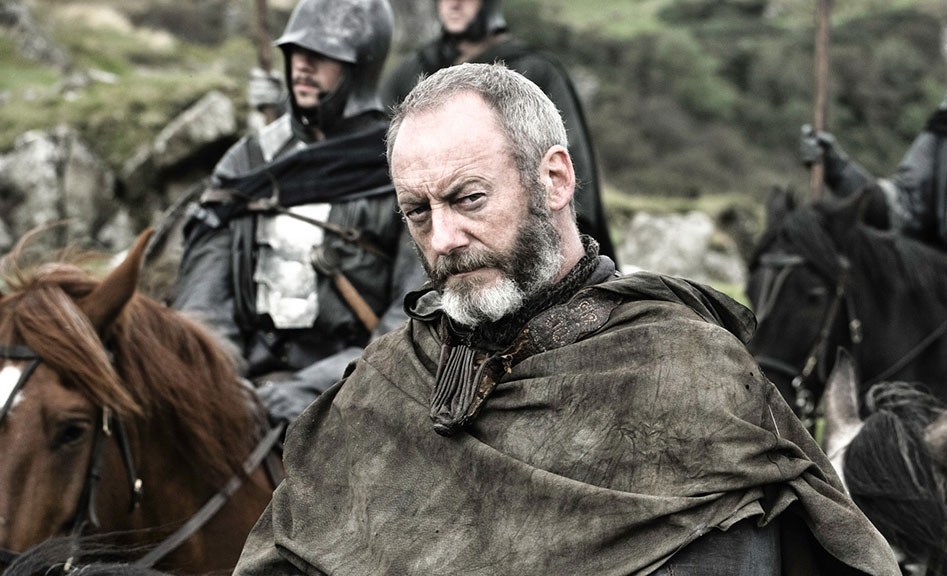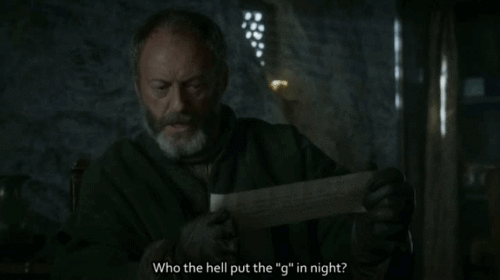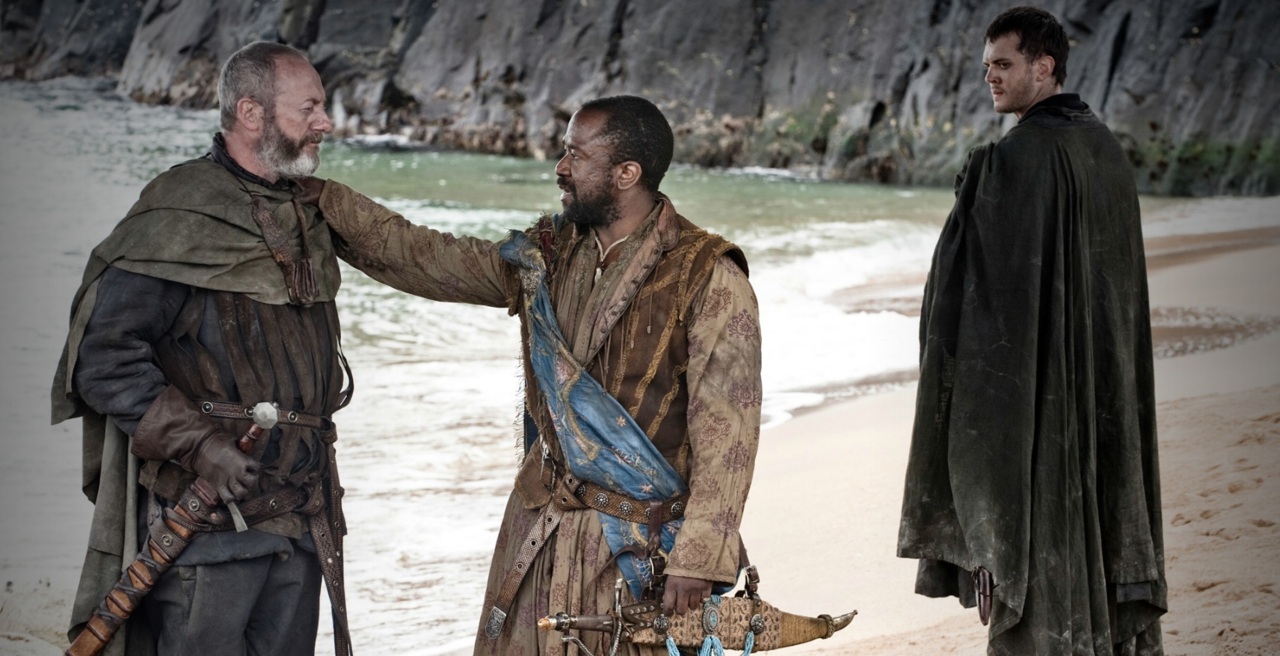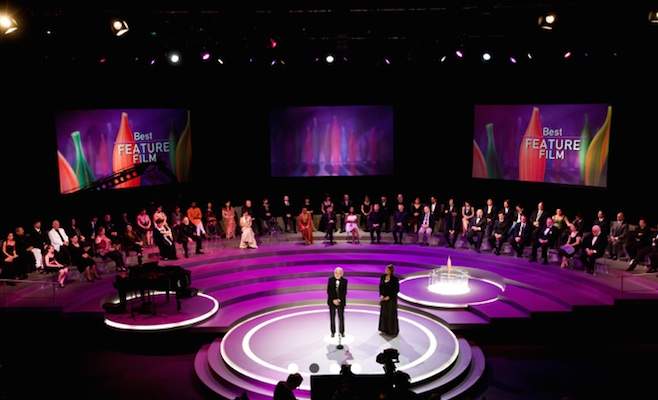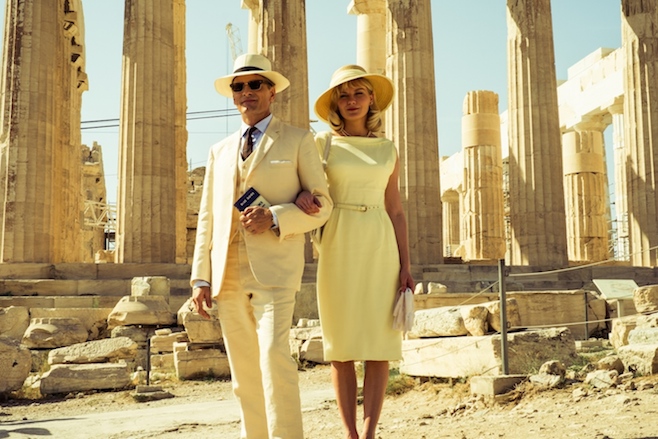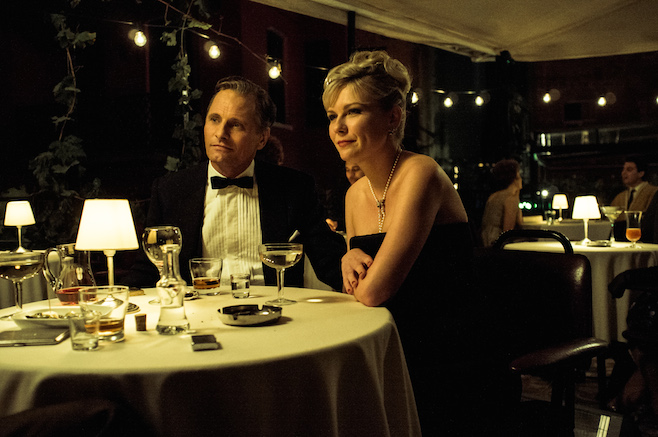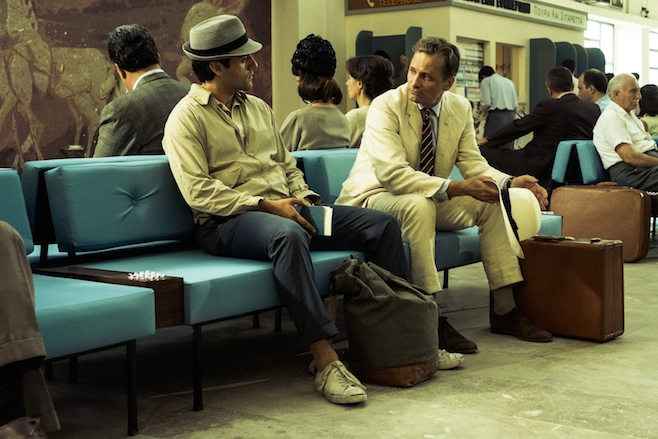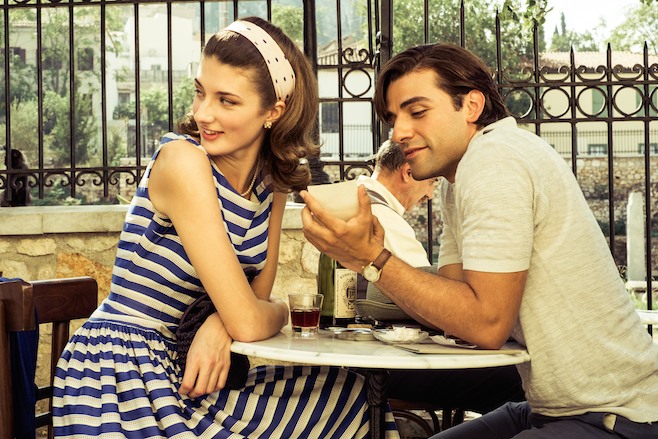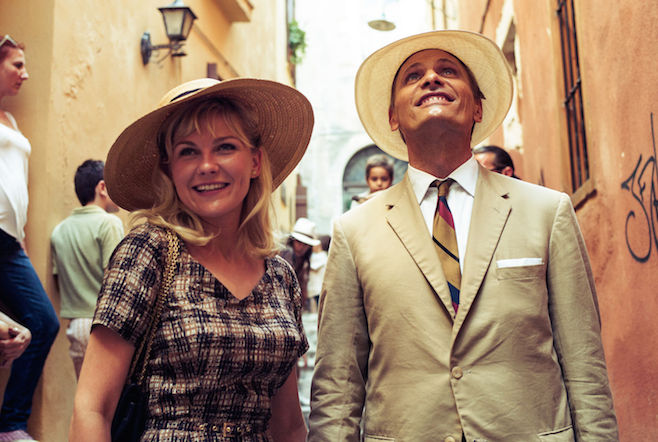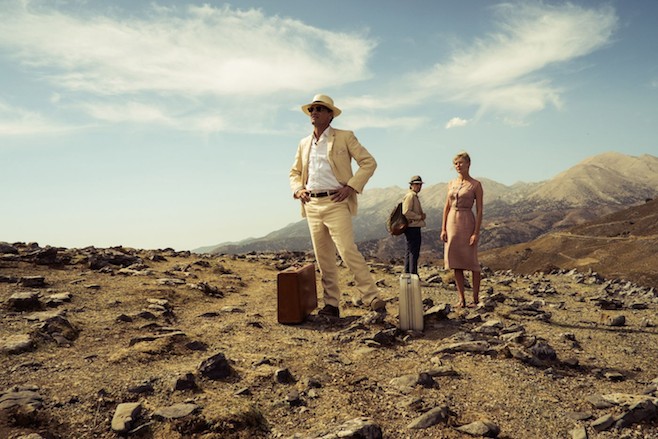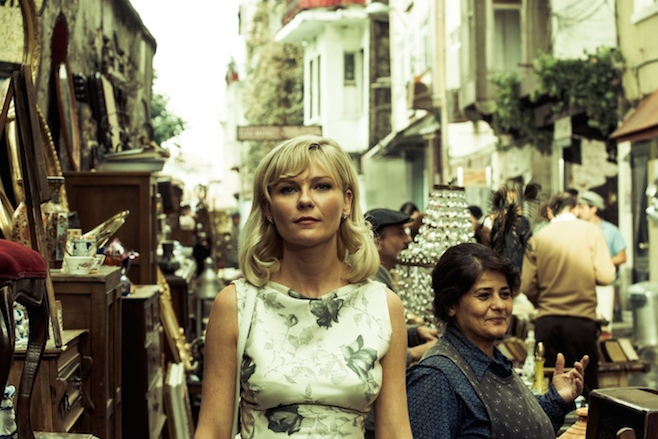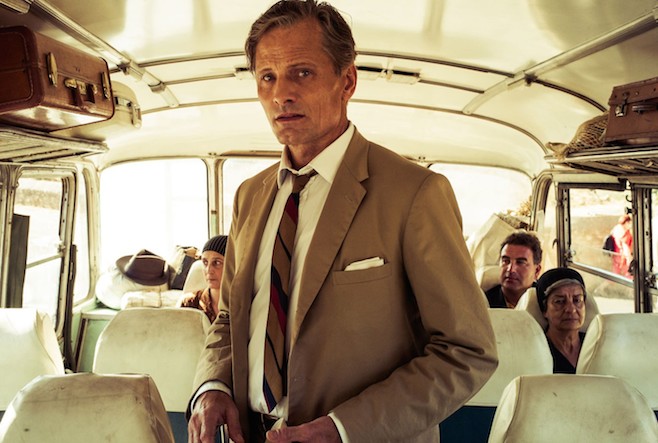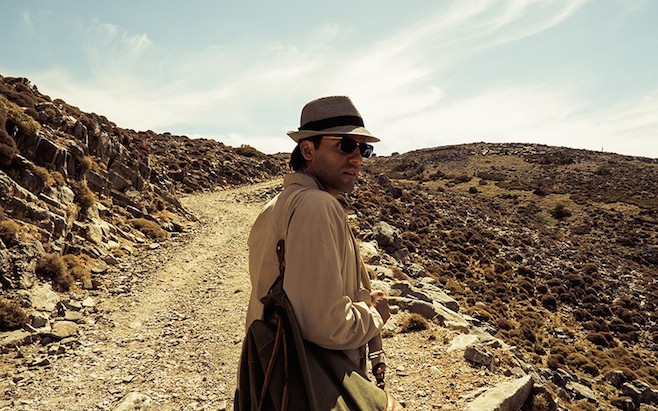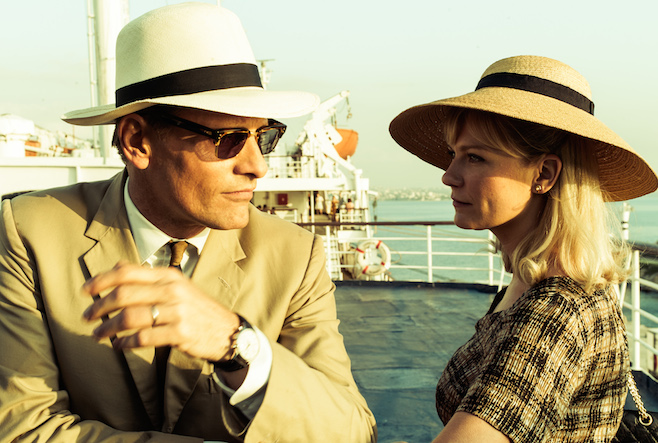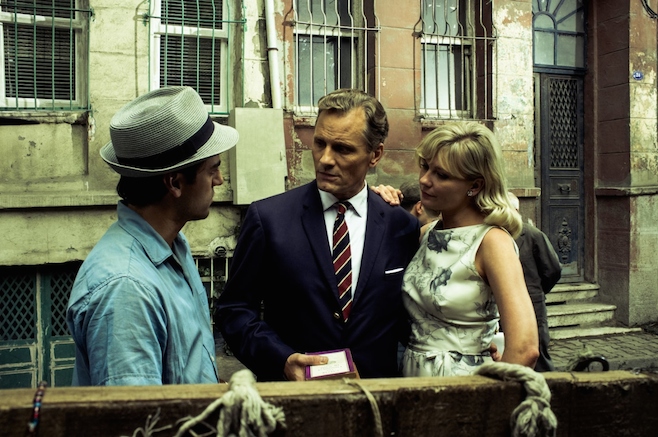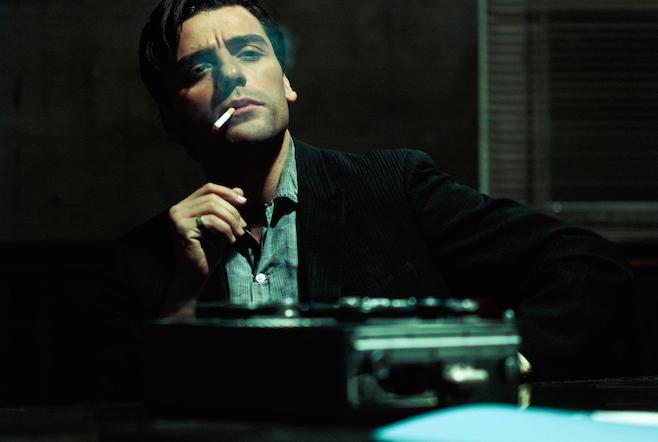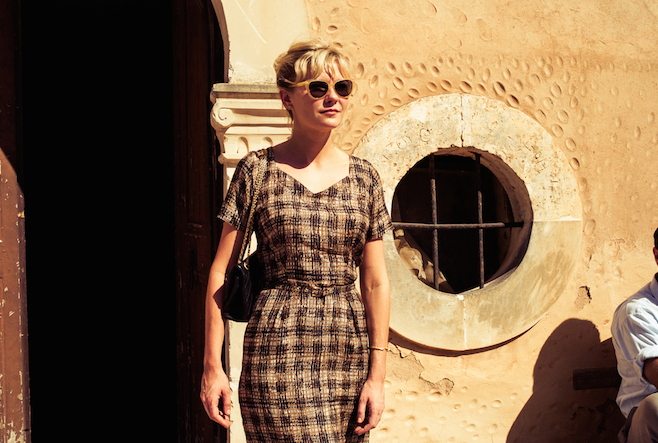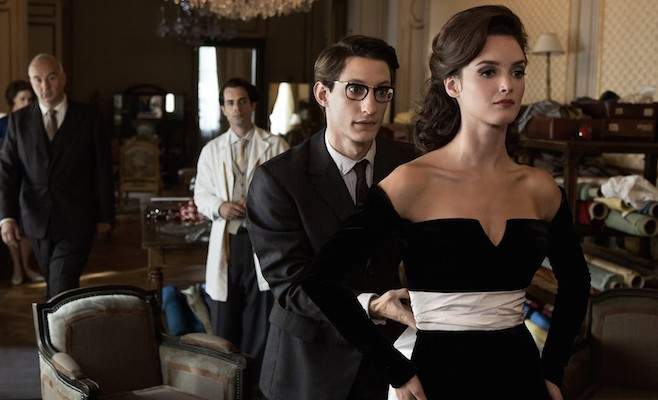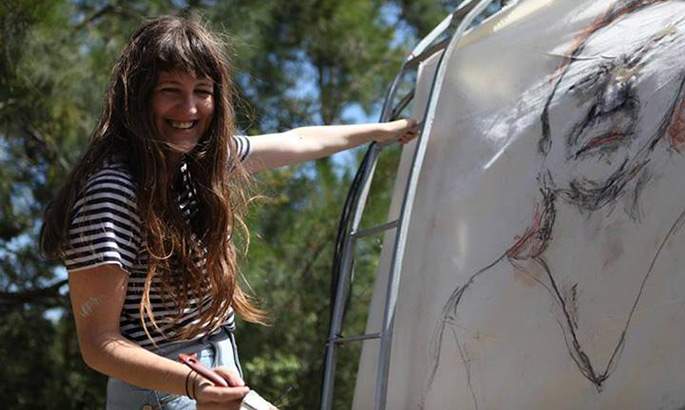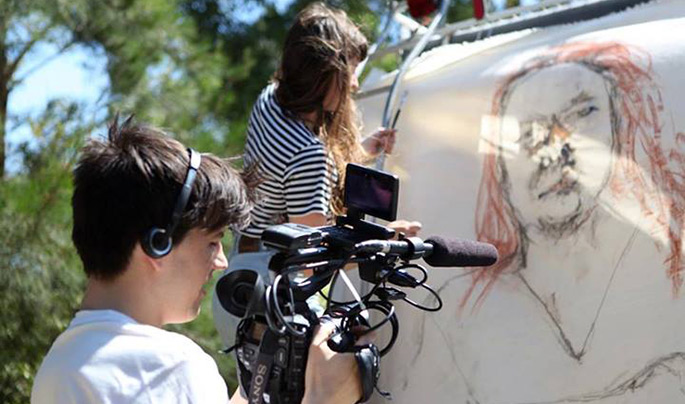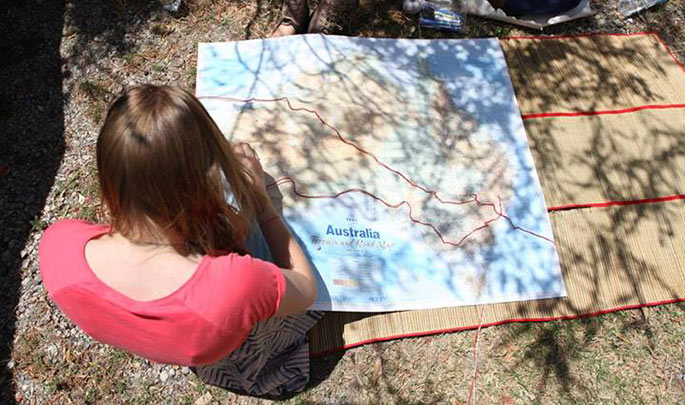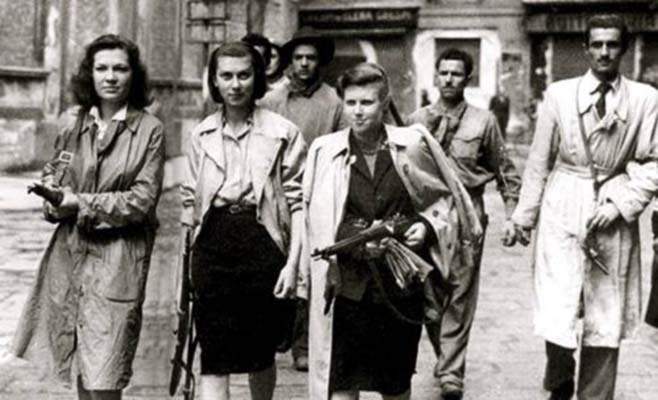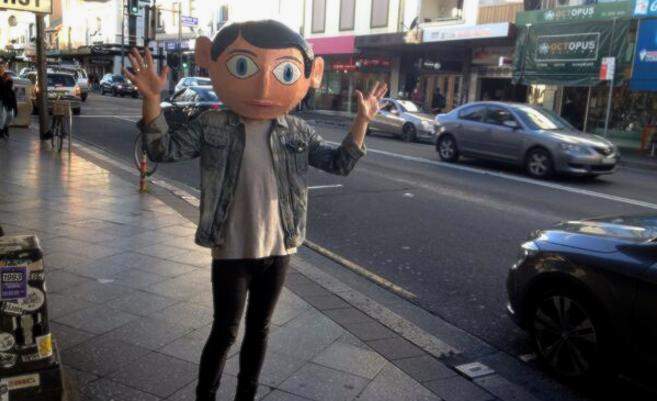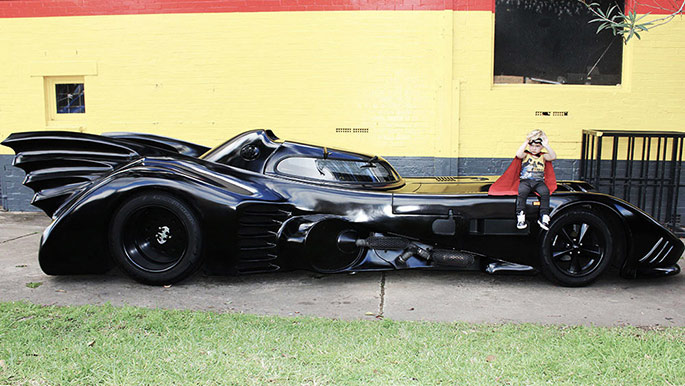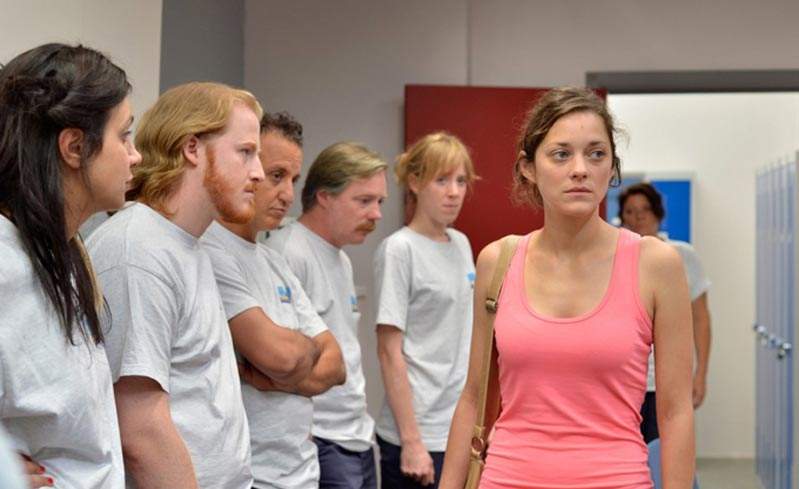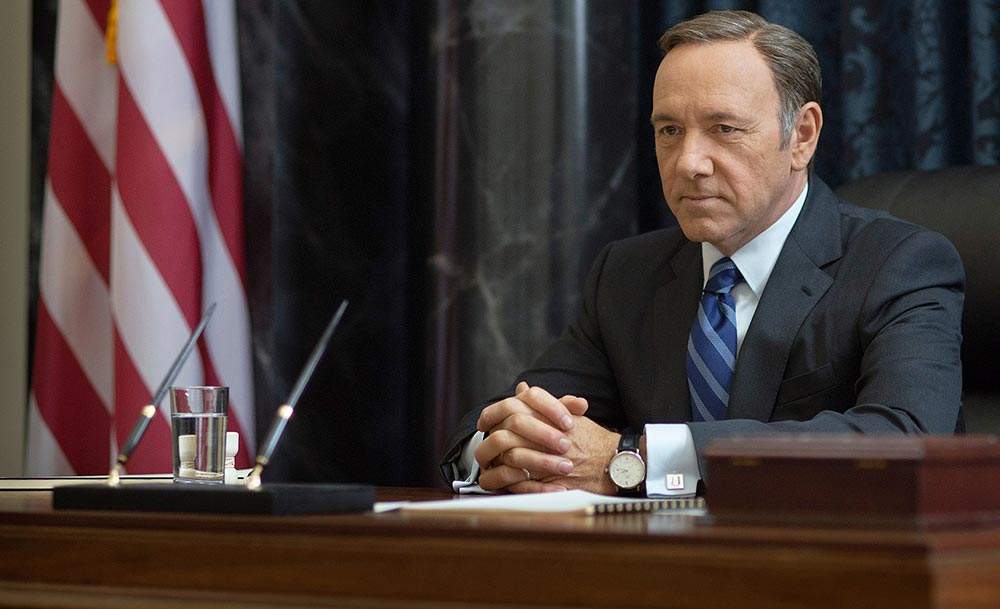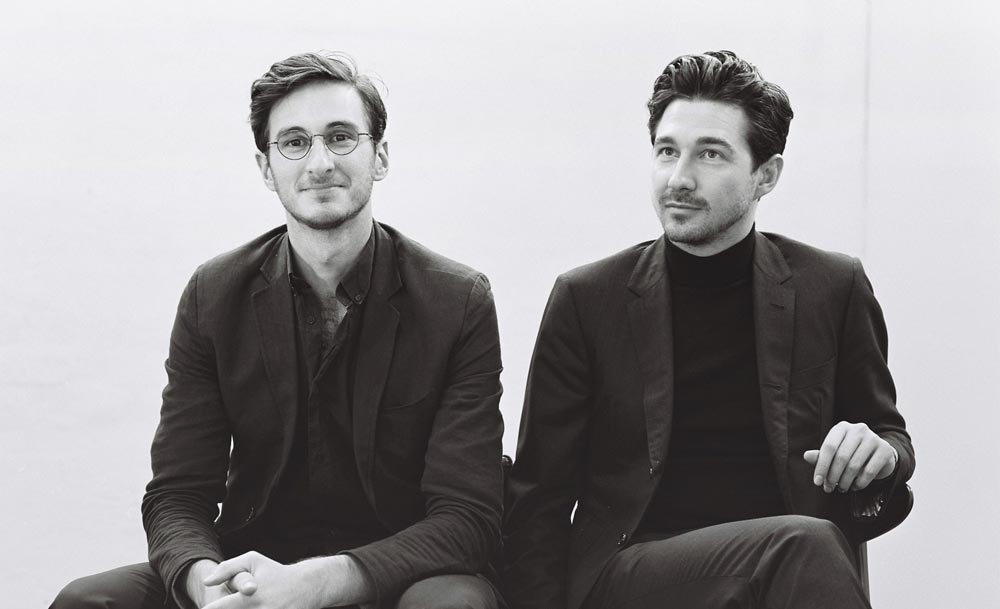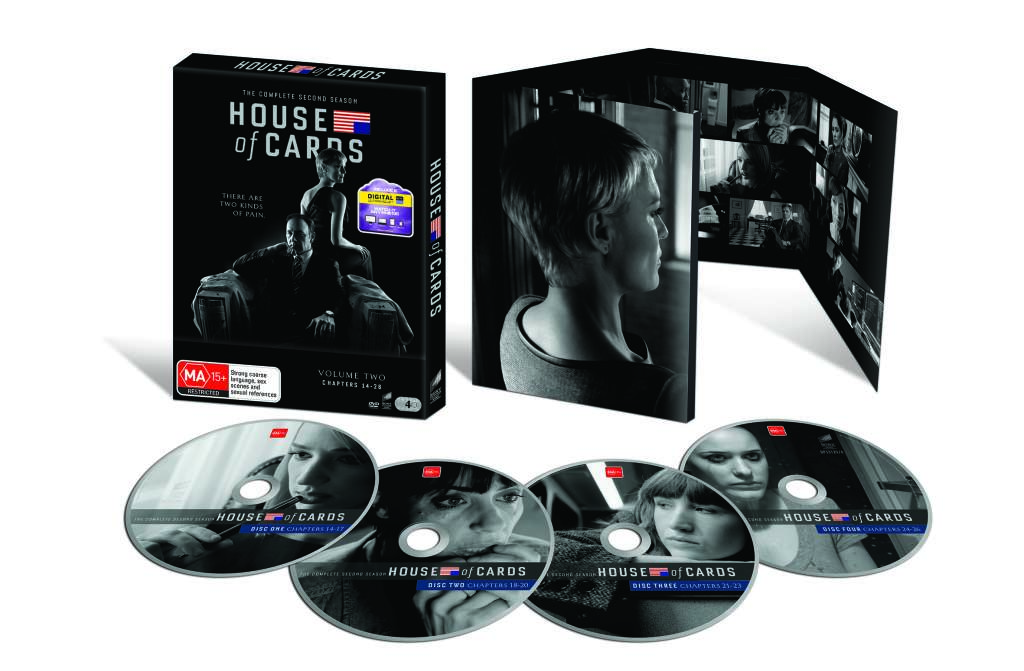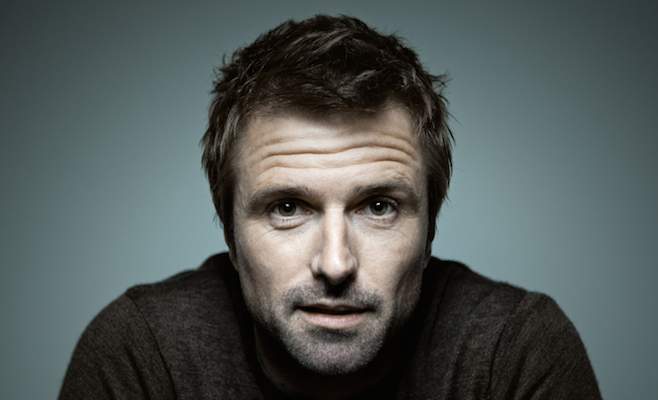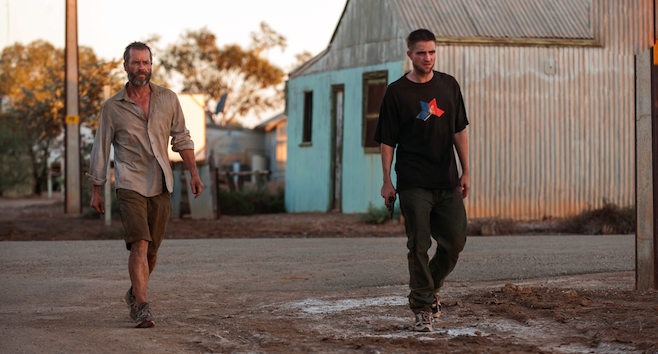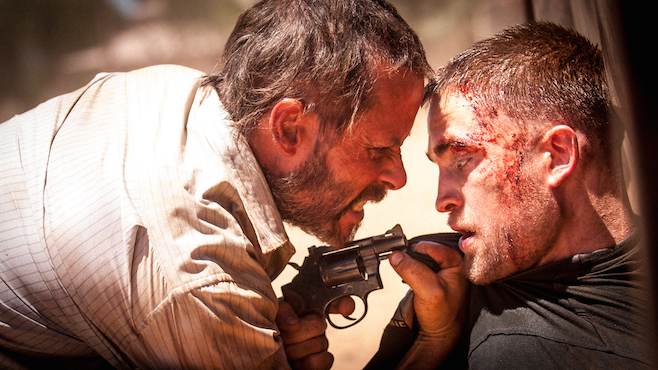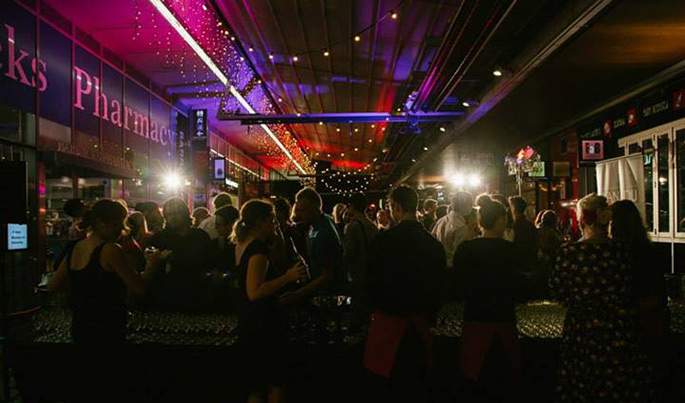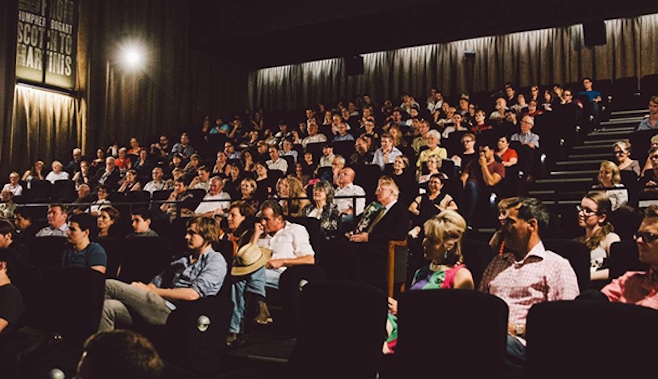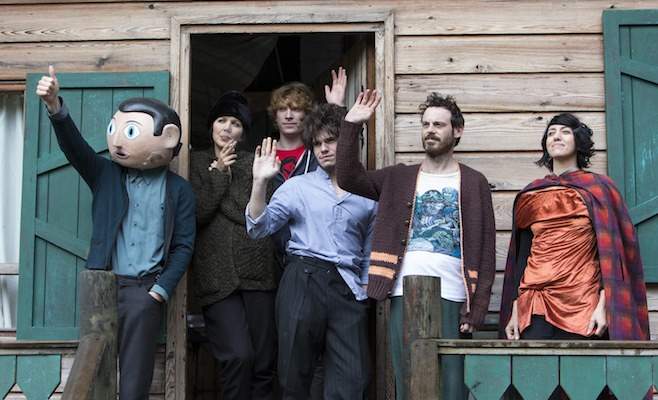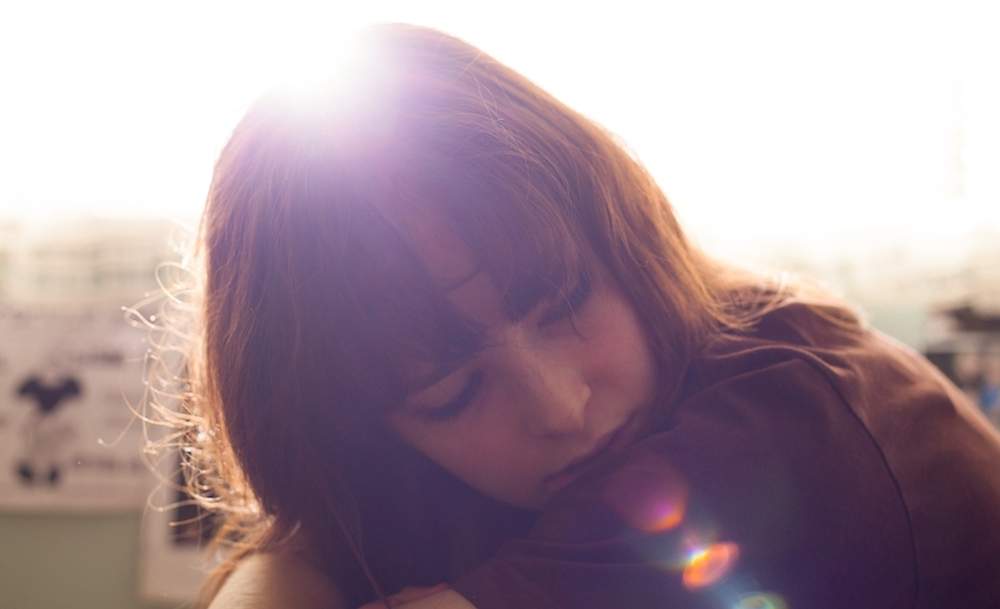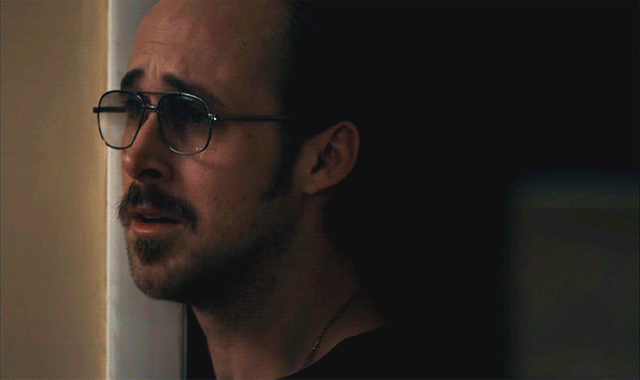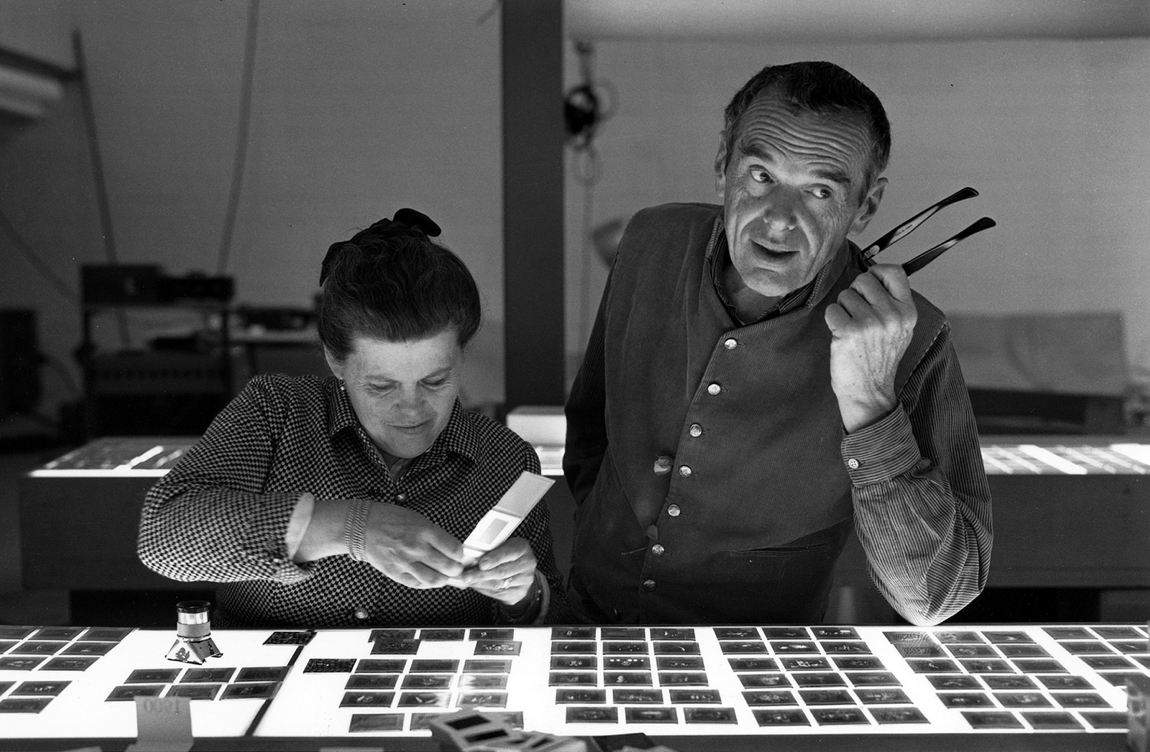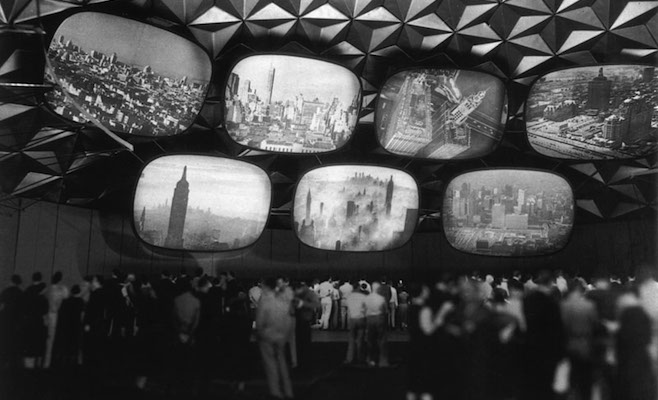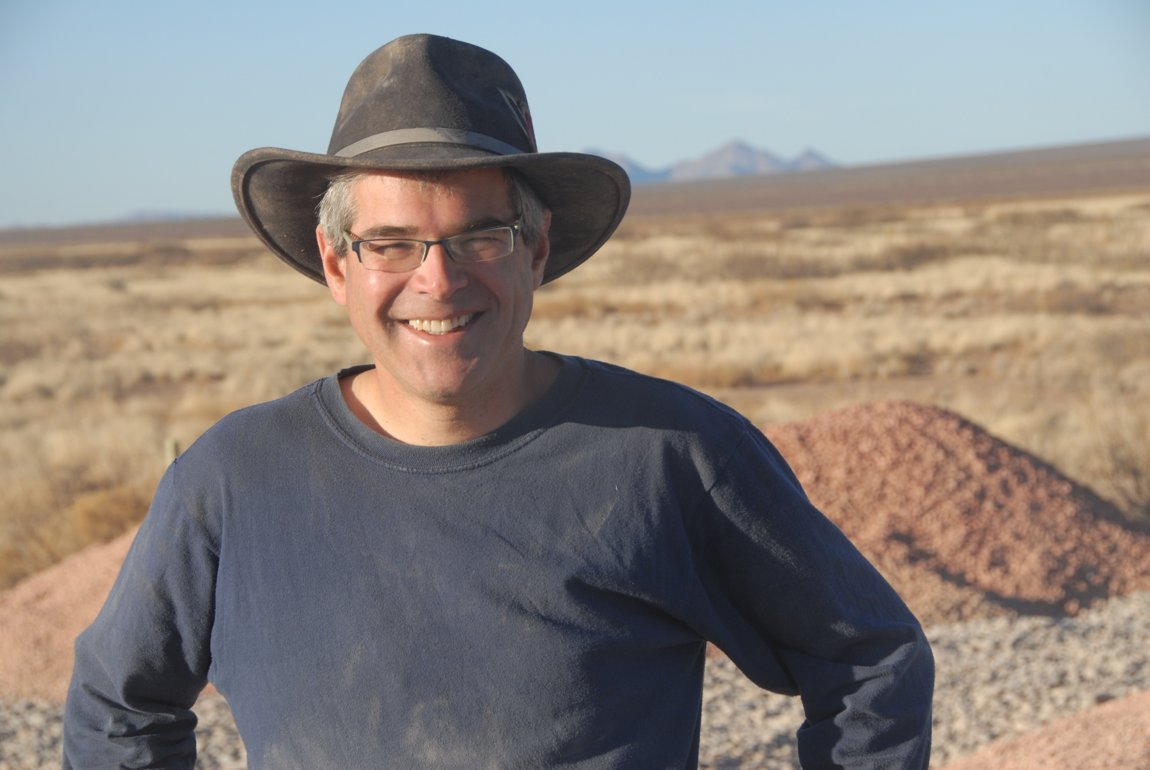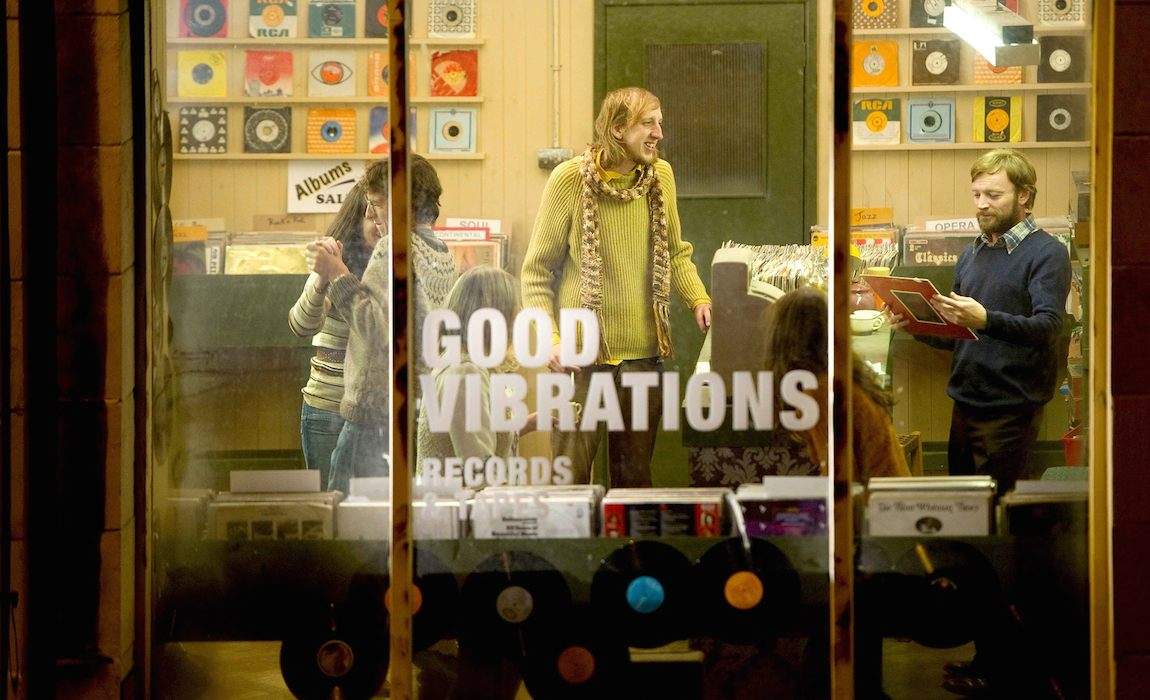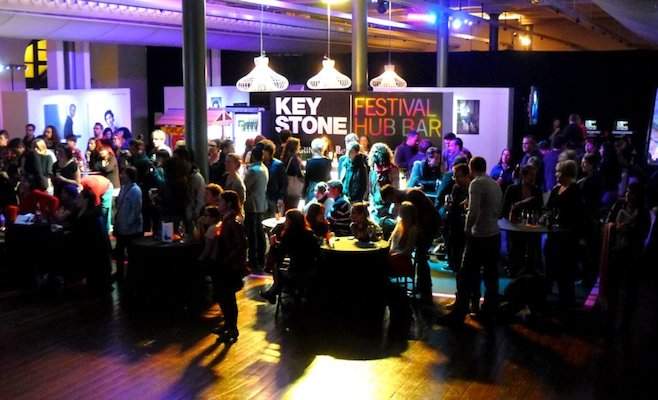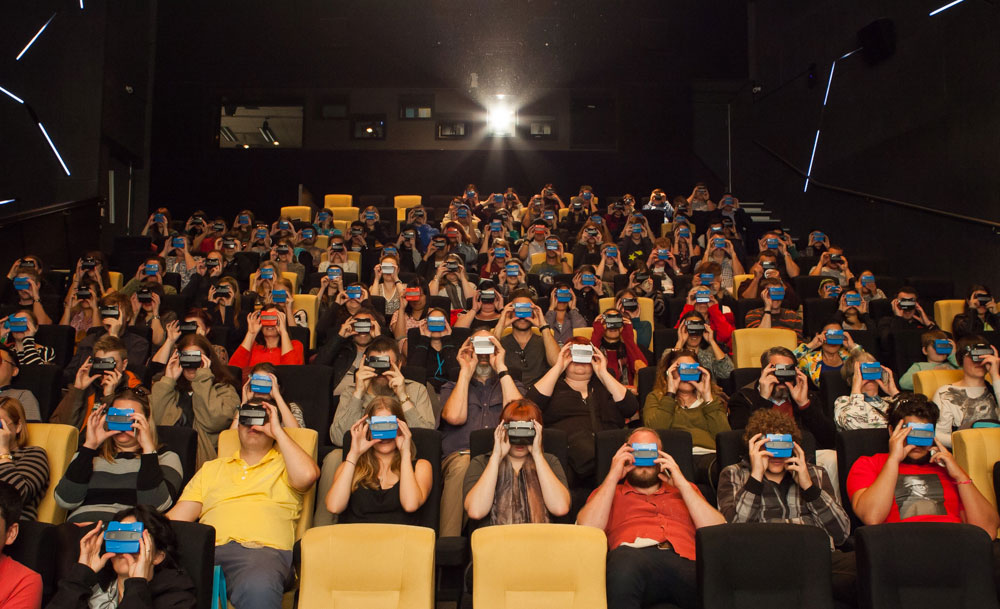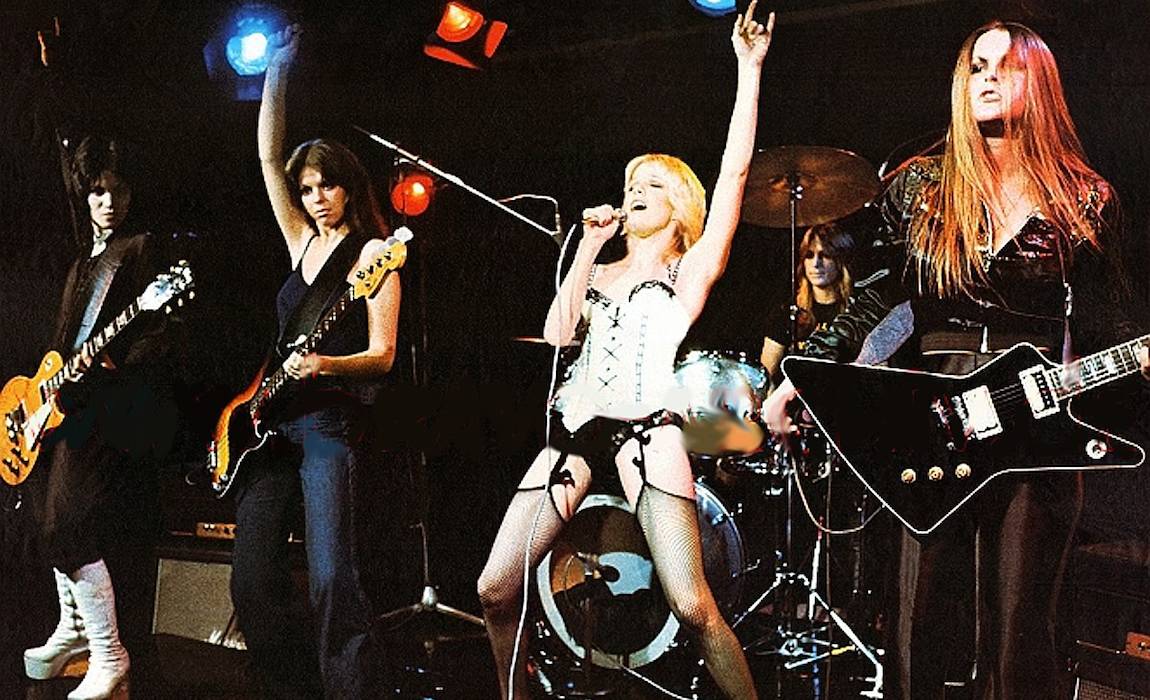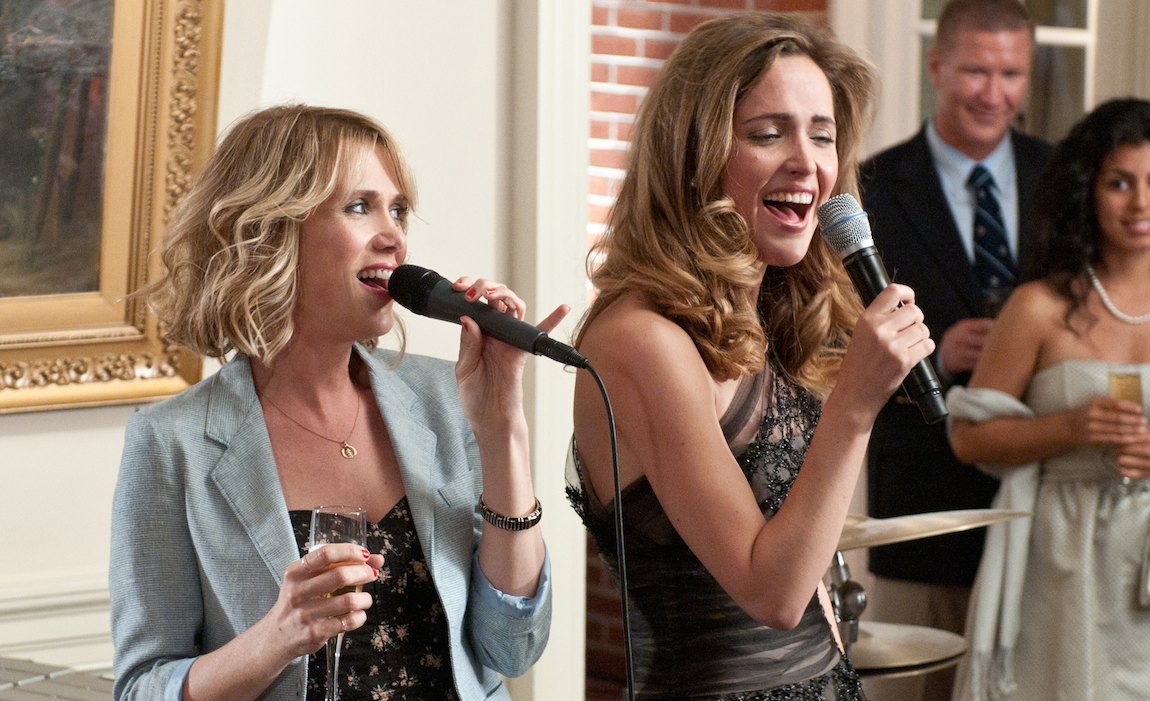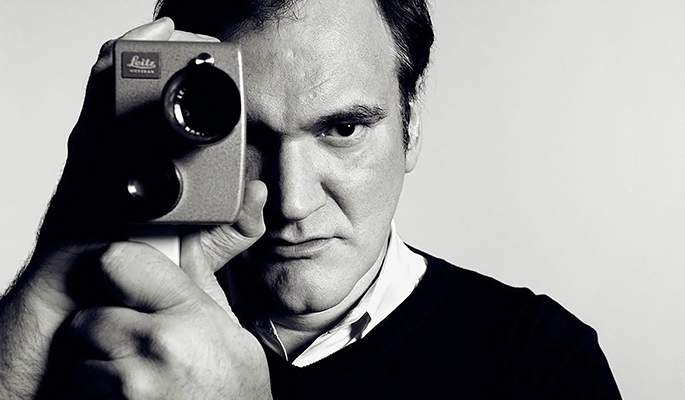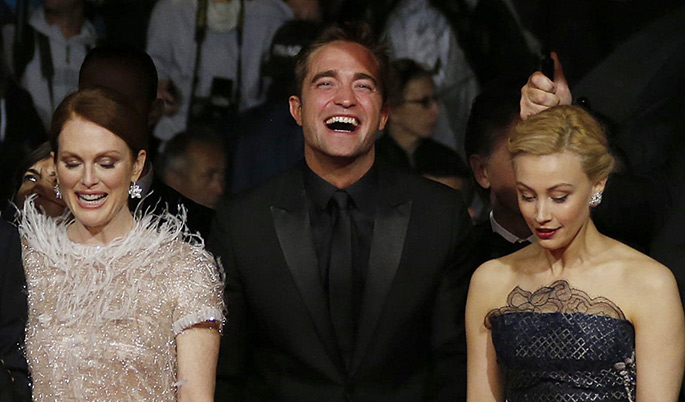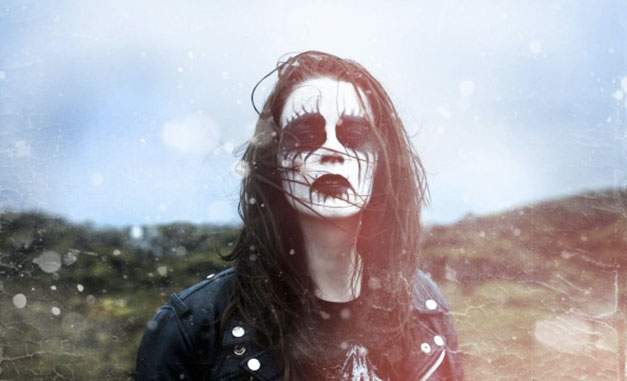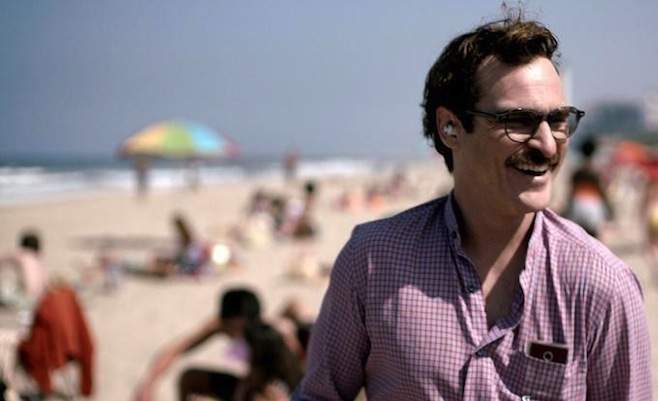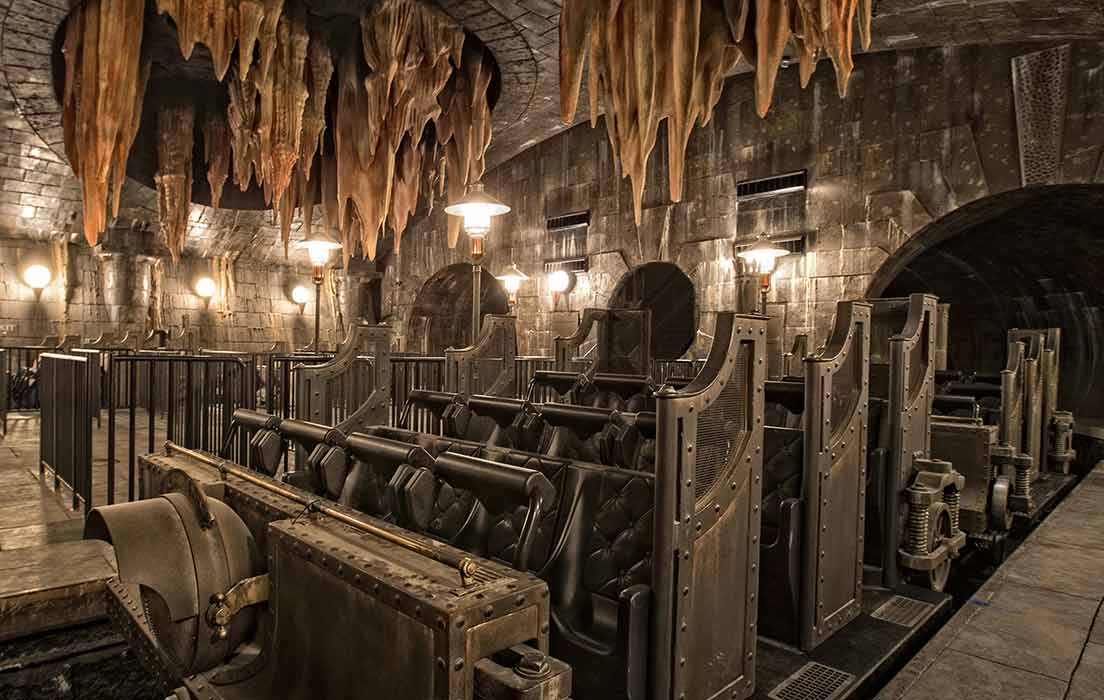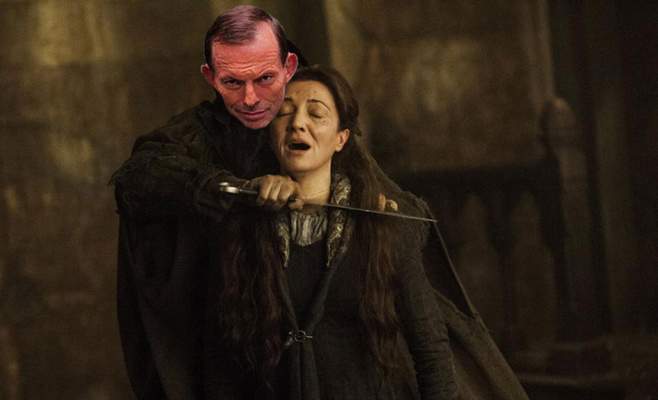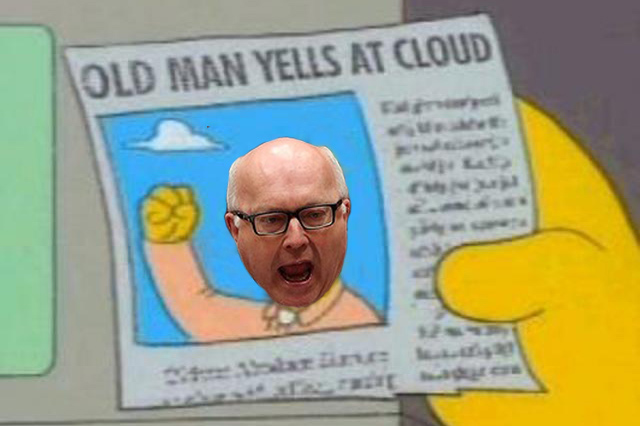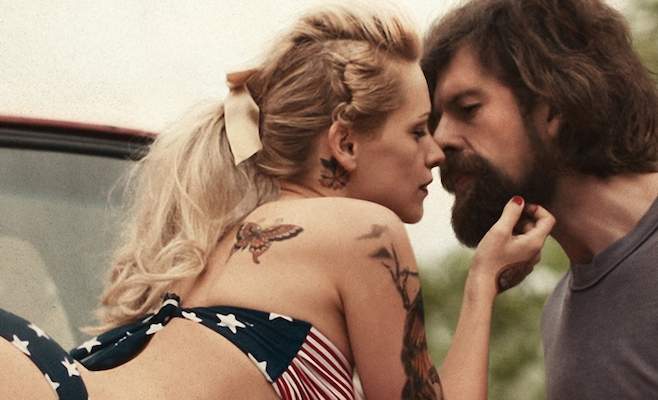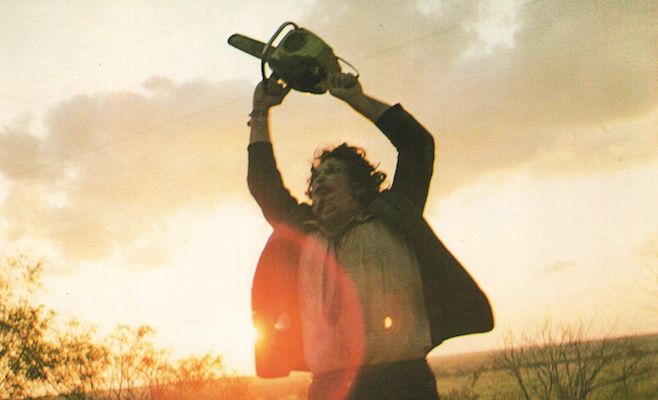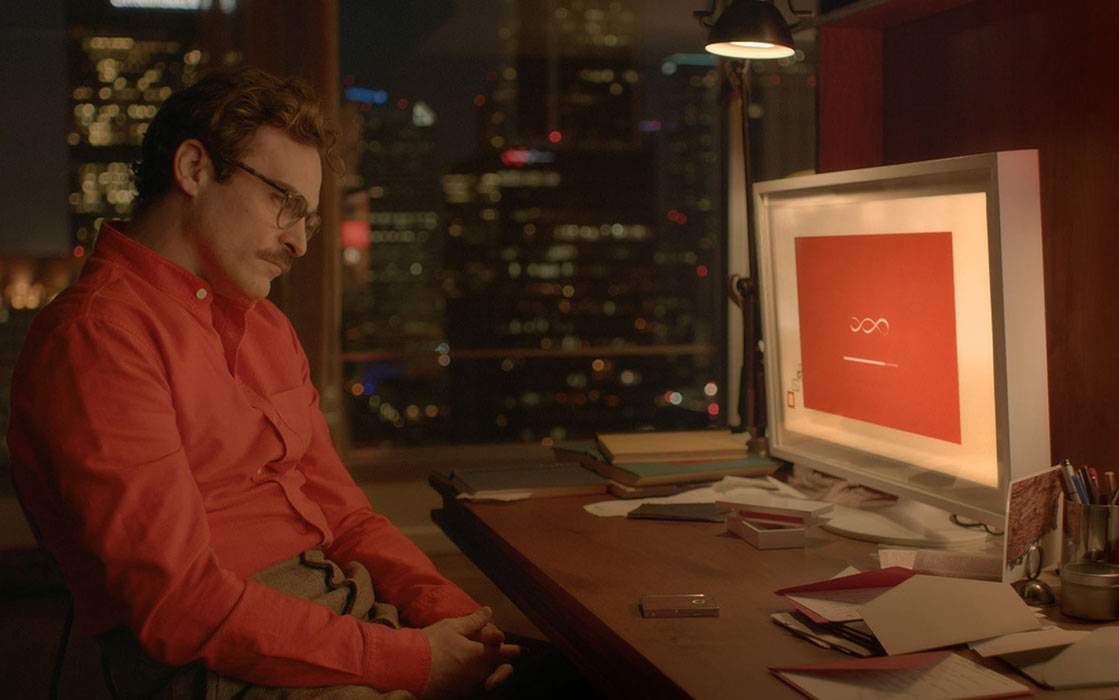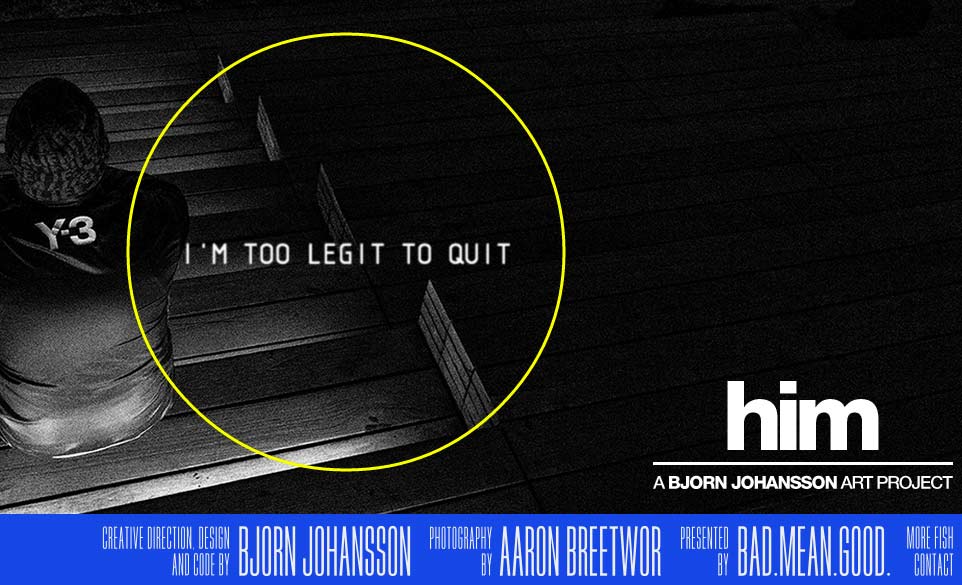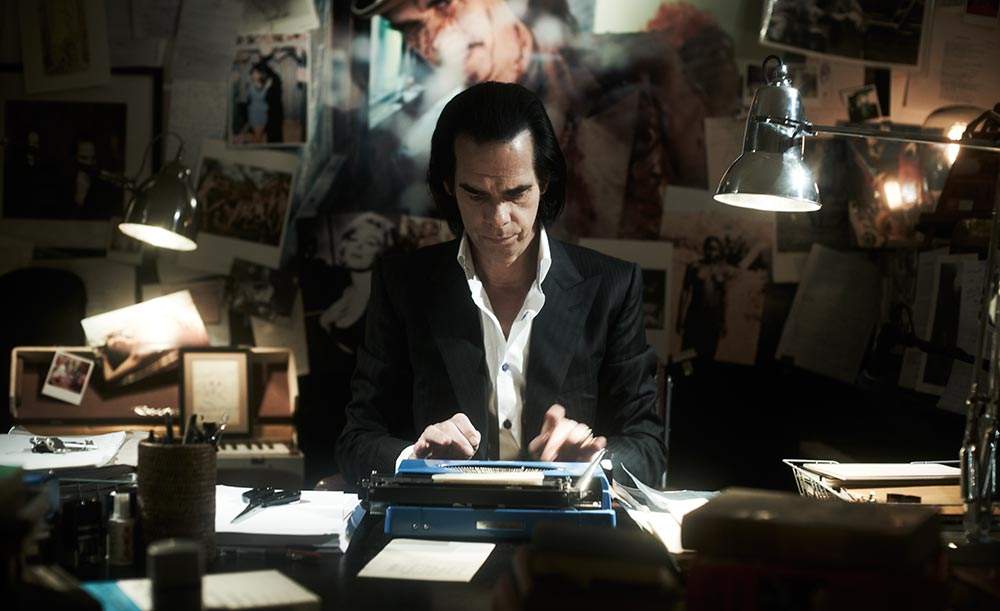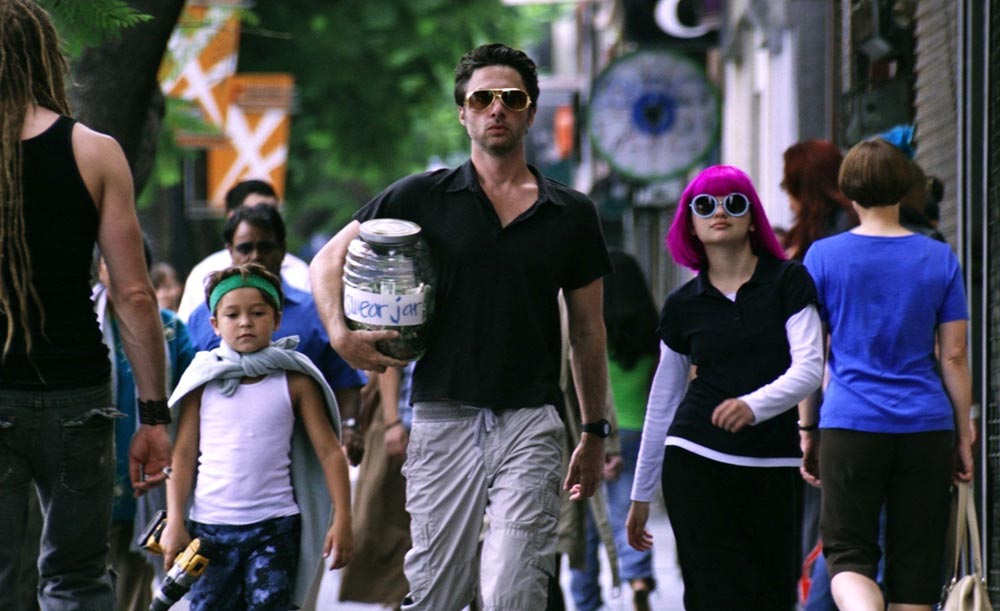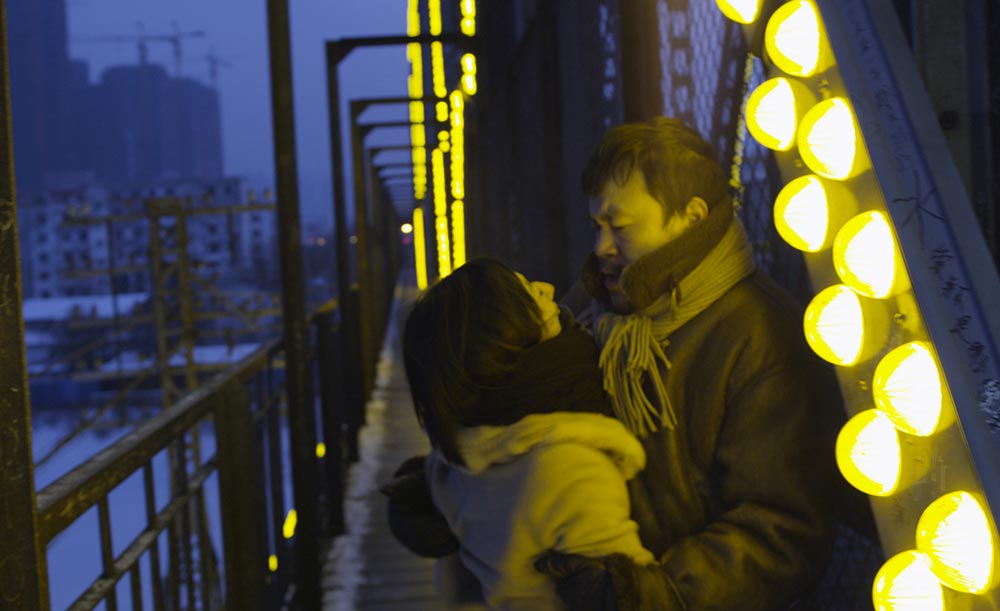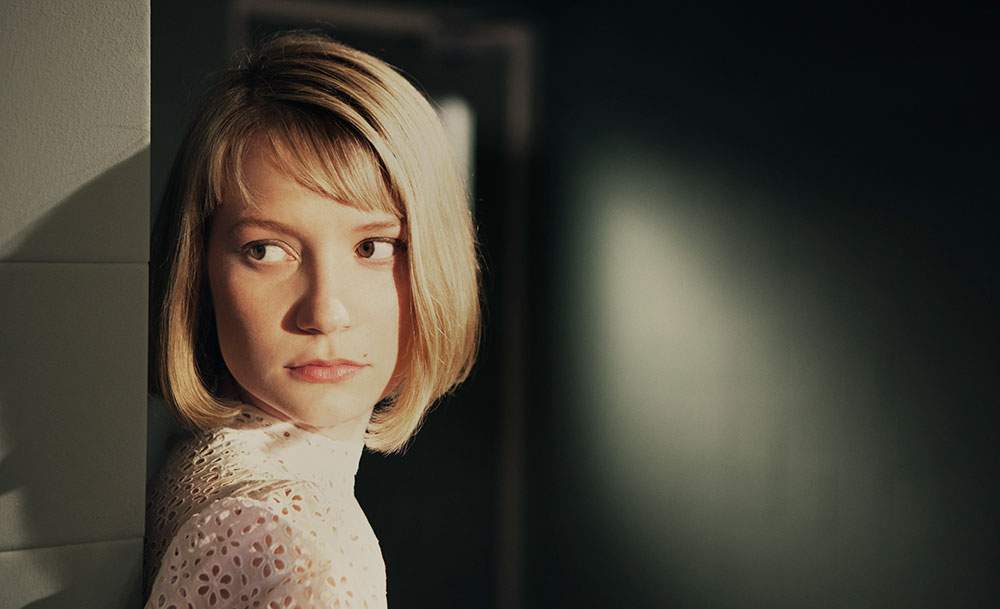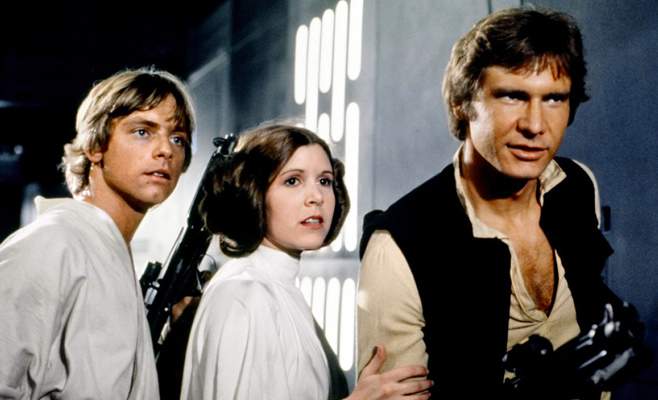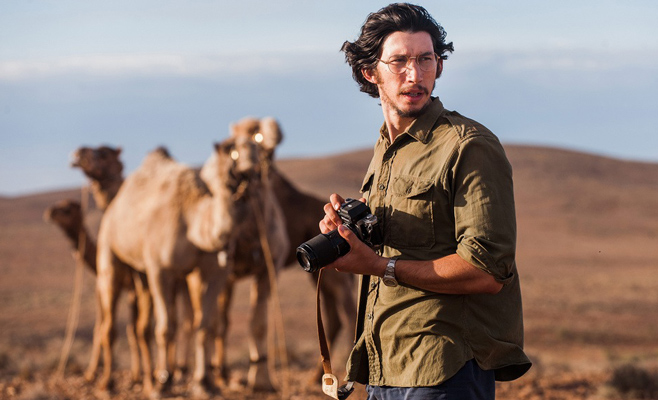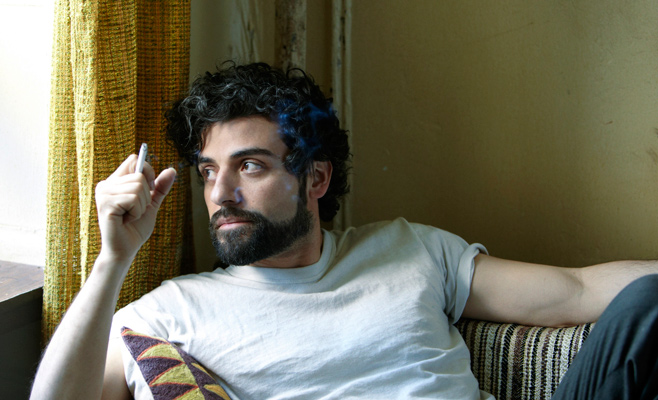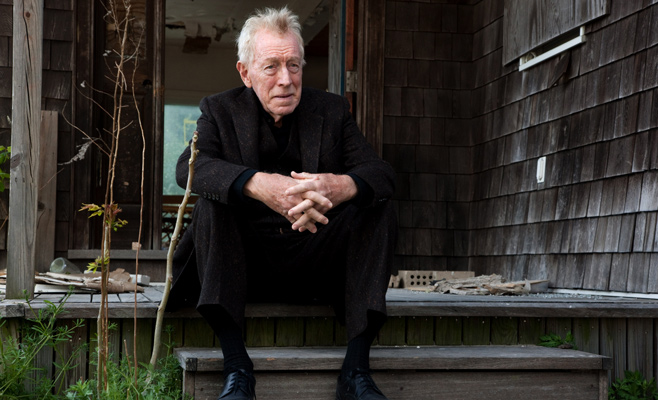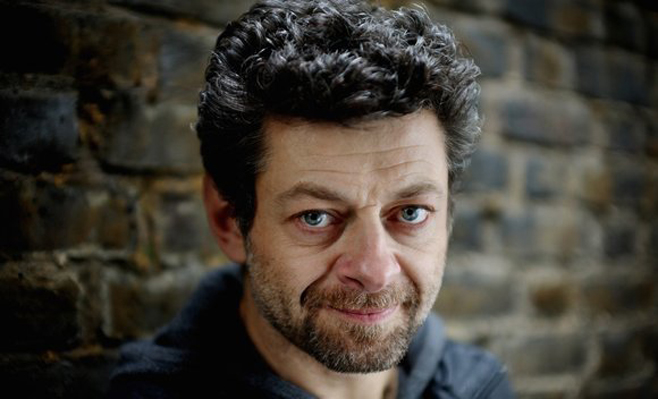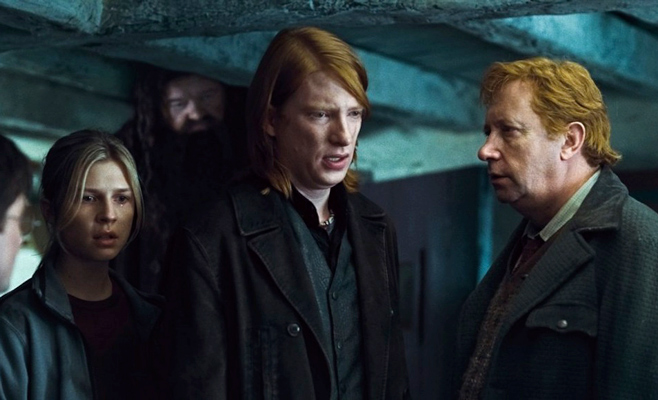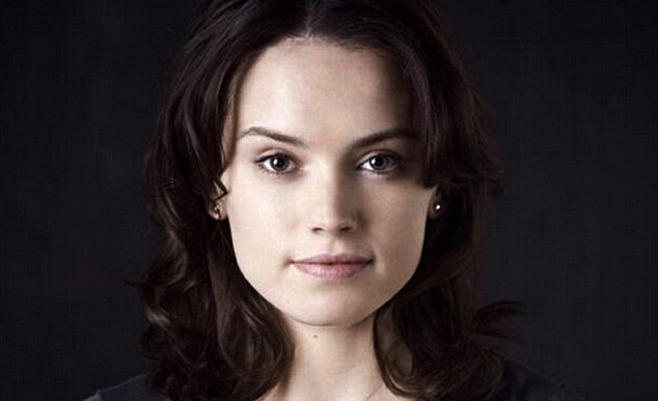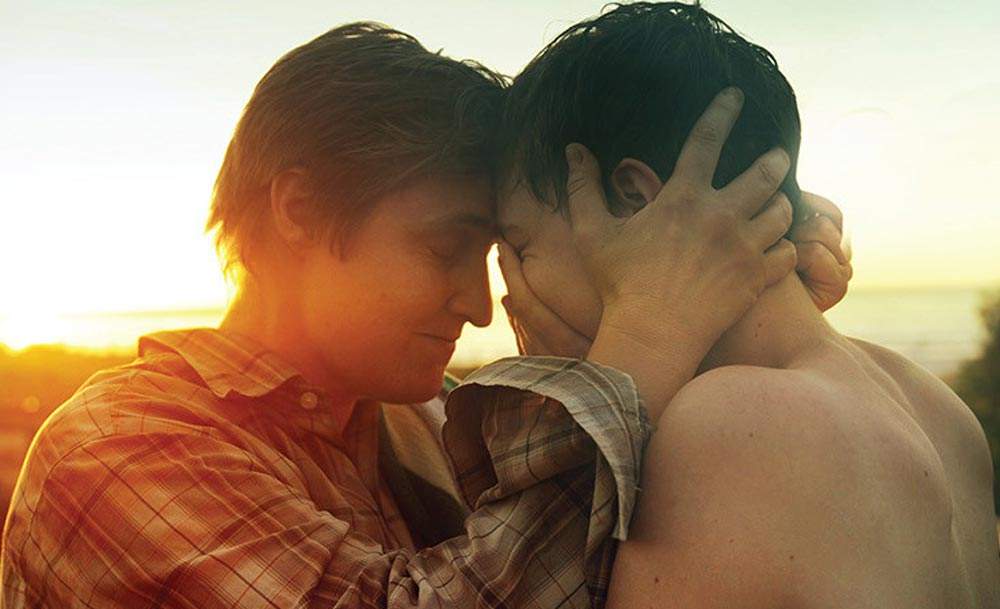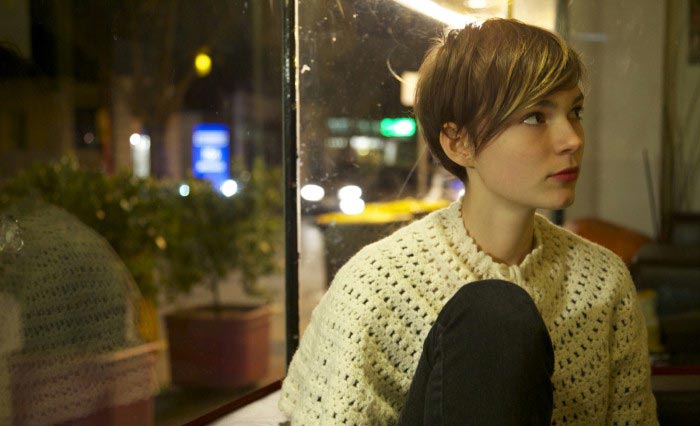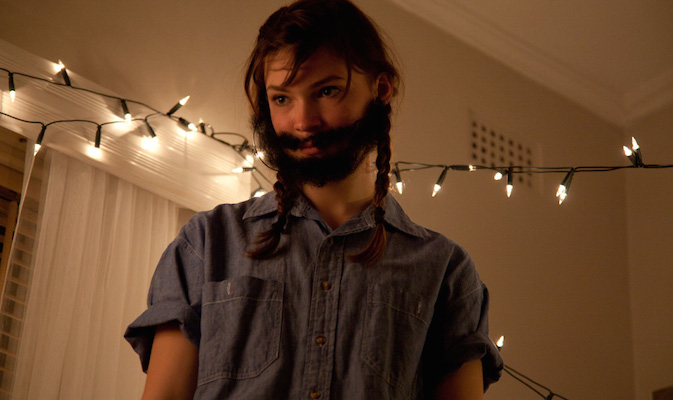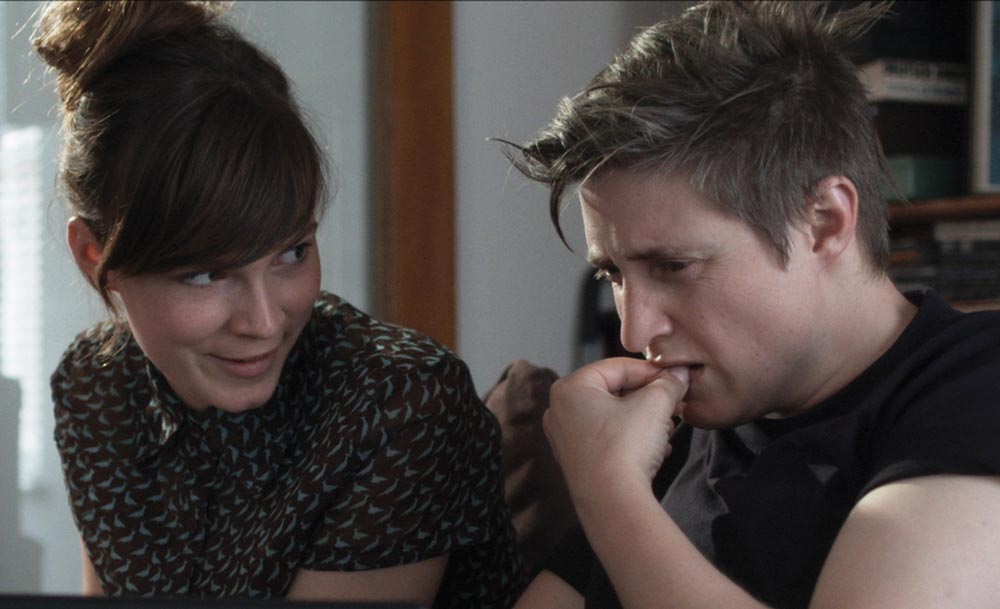-
News
No Cameras Allowed Doco Shows One Guy Sneaking Into 50 Music Festivals
Recording your own misdeeds never looked so good.
-
News
Win Tickets to See Luc Besson’s Lucy
Watch ScarJo kick some serious arse in action thriller Lucy.
-
News
The Ten Best Things to See at the Melbourne International Film Festival 2014
Because choosing between a four-hour Filipino crime drama and a documentary about Big Bird is never easy.
-
News
Why All This Mayhem Is So Much More Than a Movie About Skateboarding
Director Eddie Martin and subject Tas Pappas on telling the story of tragedy, fame and mercy at the heart of one of Australia's best docos.
-
News
Melbourne International Film Festival Announces Full 2014 Program
Get ready for the most fun 18 days of sitting down all year.
-
News
Oh Hi Mark! Greg Sestero of The Room Sheds Light on the Worst Film Ever Made
James Franco and Seth Rogen are planning to adapt his memoirs, so life's looking pretty good for the star of the worst movie ever.
-
News
Win Tickets to See Once My Mother
A daughter's documentary portrait of her mother that's personal, relatable, resonant and poignant.
-
-
News
State Library of Queensland to Bin Popular Cult Film Program
SLiQ Flicks has been given the flick.
-
News
Concrete Playground Meets Game of Thrones Actor Liam Cunningham
Davos Seaworth was in Three Williams cafe yesterday.
-
News
How The Two Faces of January Got Its Luxe ’60s Greek Isles Look
Costume designer Steven Noble hits the vintage shops with Kirsten Dunst to create a dreamy vision of 1962.
-
News
I Dream of Gina: A Preview of Your New Favourite Rinehart-Themed Documentary
We talk to the filmmaker about everyone's favourite billionaire mining heiress.
-
News
Underground Cinema Announces Latest Sydney Theme and Dates
Rally yourself for a sepia-toned film event. Vive La Resistance!
-
News
Frank is Running Around Newtown This Afternoon, Missed Coldplay
One day late to the Coldplay party.
-
-
News
The Best, Worst and Weirdest of the 61st Sydney Film Festival
Here's what our critics loved, loathed, admired and squirmed over.
-
News
Win House of Cards on DVD and Power Styling to Match
A Good Man will style you to be a total boss, Machiavellian or otherwise.
-
News
Behind the Scenes of The Rover with Director David Michod
How the director realised his unique vision for the end of days and Robert Pattinson.
-
-
News
Win Tickets to Concrete Playground’s Preview Screening of Galore
Catch an early screening of Australia's answer to Skins.
-
News
Win Tickets to Concrete Playground’s Preview Screening of Galore
Catch an early screening of Australia's answer to Skins.
-
News
Cannes Winners Added to Sydney Film Festival 2014 Program
Twenty-five-year-old Xavier Dolan now has TWO films in the festival.
-
News
The Eames Explainer: How One Family Left a Legacy on Furniture, Film and Steve Jobs
We know them for their chairs, but Charles and Ray Eames had their fingers in many random pies.
-
News
Win Tickets to See Good Vibrations
A scrappily loveable ode to the energy and abandon of punk rock.
-
News
The Five Best Events at the Sydney Film Festival Hub 2014
Because cinephilia isn't all about sitting quietly in the dark.
-
News
Brisbane International Film Festival Postponed For 2014
Clashes with the G20 summit and internal rifts could prove fatal for the BIFF this year.
-
News
Five Unexpected Things We Learnt From Cannes Film Festival 2014
Tarantino says cinema is dead, and your boyfriend Ryan Gosling sucks at directing.
-
News
Australia Gets Its First Annual Scandinavian Film Festival
Experience the cool cinema of Denmark, Finland, Iceland, Norway and Sweden.
-
News
Universal’s Harry Potter Theme Park is After Your Galleons With Their Latest Gringotts Ride
It features a 60-foot dragon. Enough said.
-
News
Five Things You Can Expect From The Government’s Piracy Crackdown
Tony Abbott and George Brandis are going after your Game of Thrones.
-
News
Win Tickets to See The Broken Circle Breakdown
An interesting, bluegrass-filled take on what's probably the most miserable story you can tell.
-
News
How to Use Your 2014 Sydney Film Festival Flexipass
See the best, weirdest and most memorable movies - not just the most popular.
-
News
Meet ‘Him’, the Talking Website Bringing Us One Step Closer to Spike Jonze’s ‘Her’
Spoiler: it's super creepy.
-
-
News
Win Tickets to See The Double
From the director of Submarine comes this deadpan Dostoyevsky adaptation.
-
-
News
52 Tuesdays’ Unique Look at a Teen and Her Transgender Mother
With a wave of Sundance hype behind them, filmmaker Sophie Hyde and actor Tilda Cobham-Hervey bring 52 Tuesdays home.
